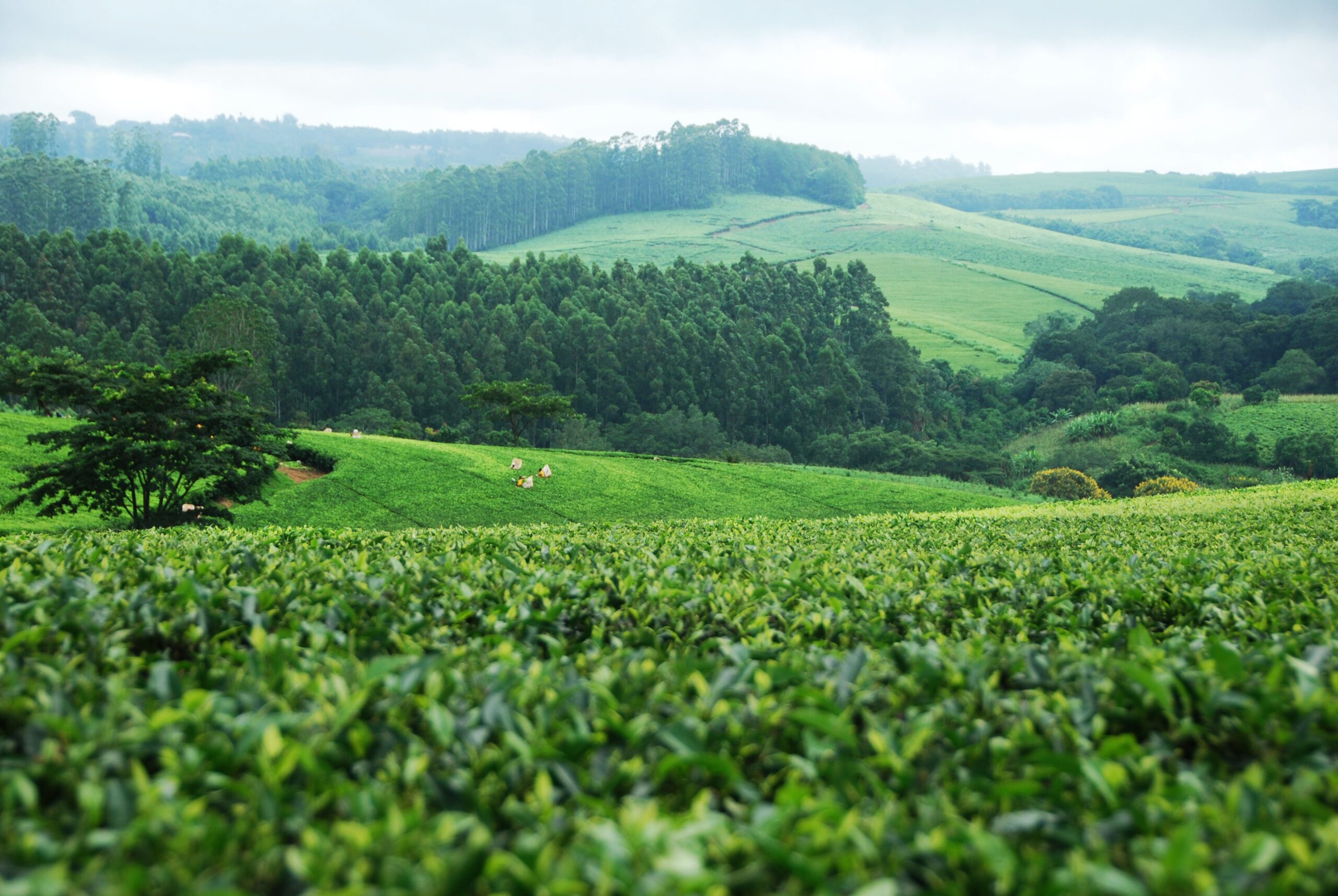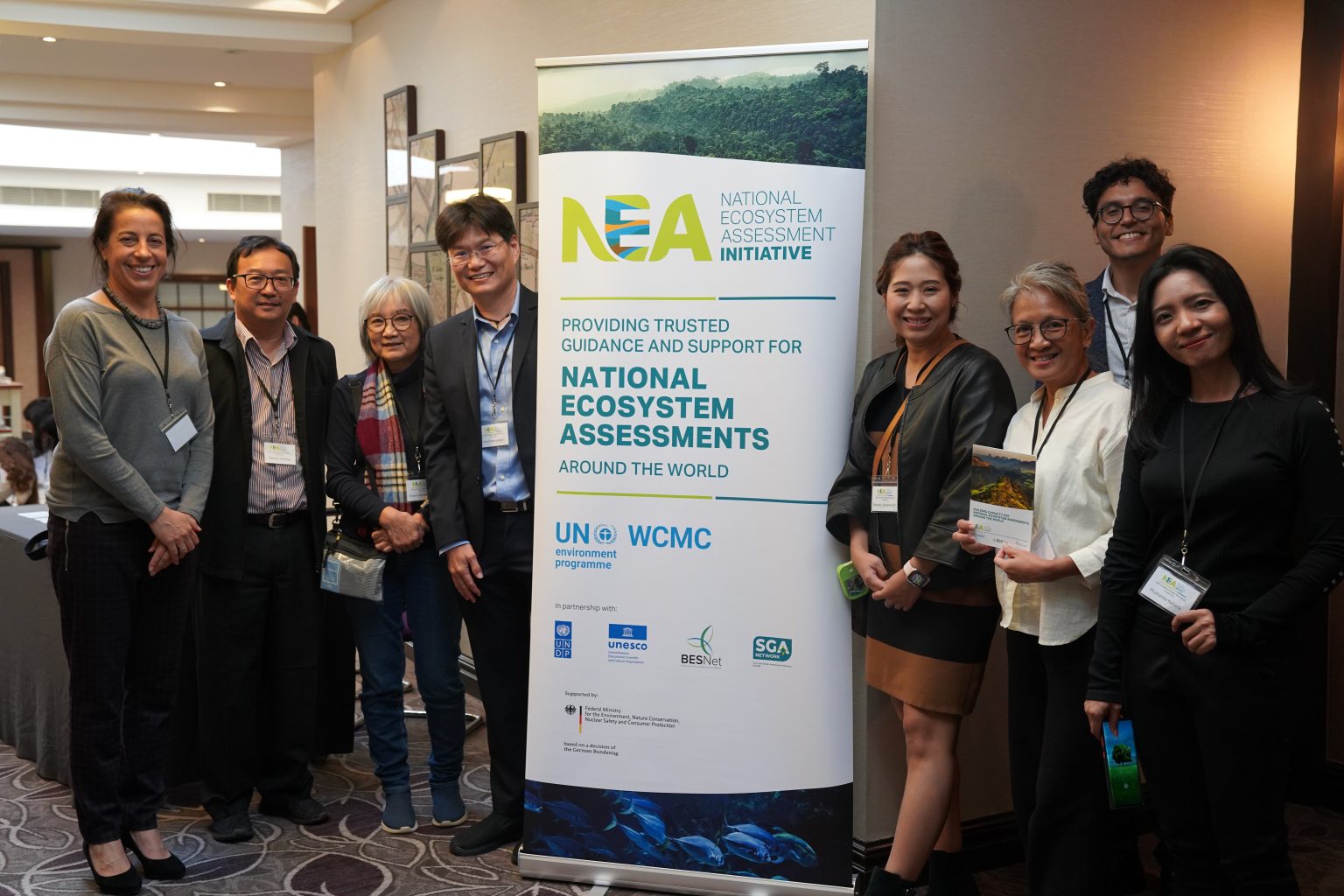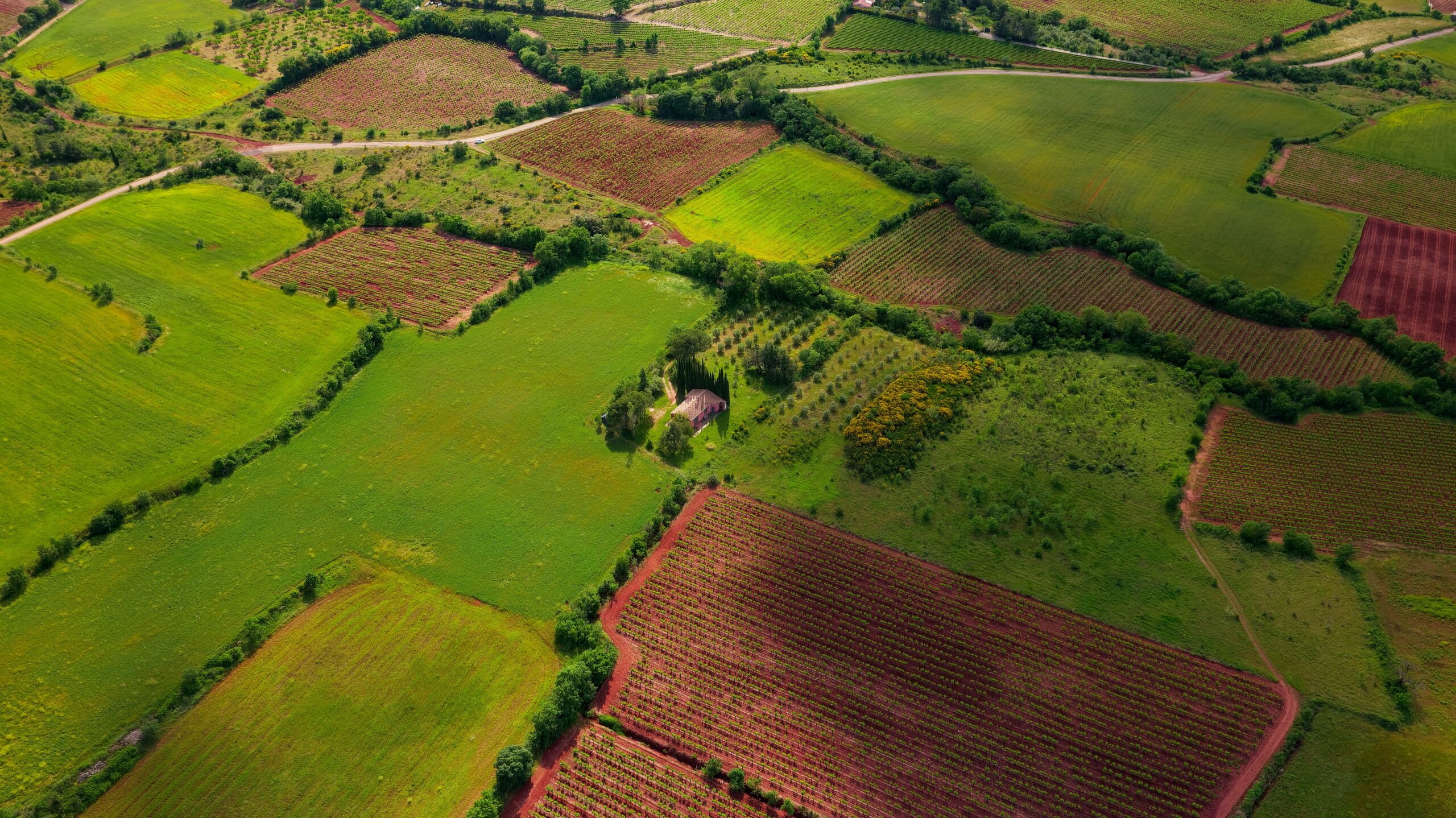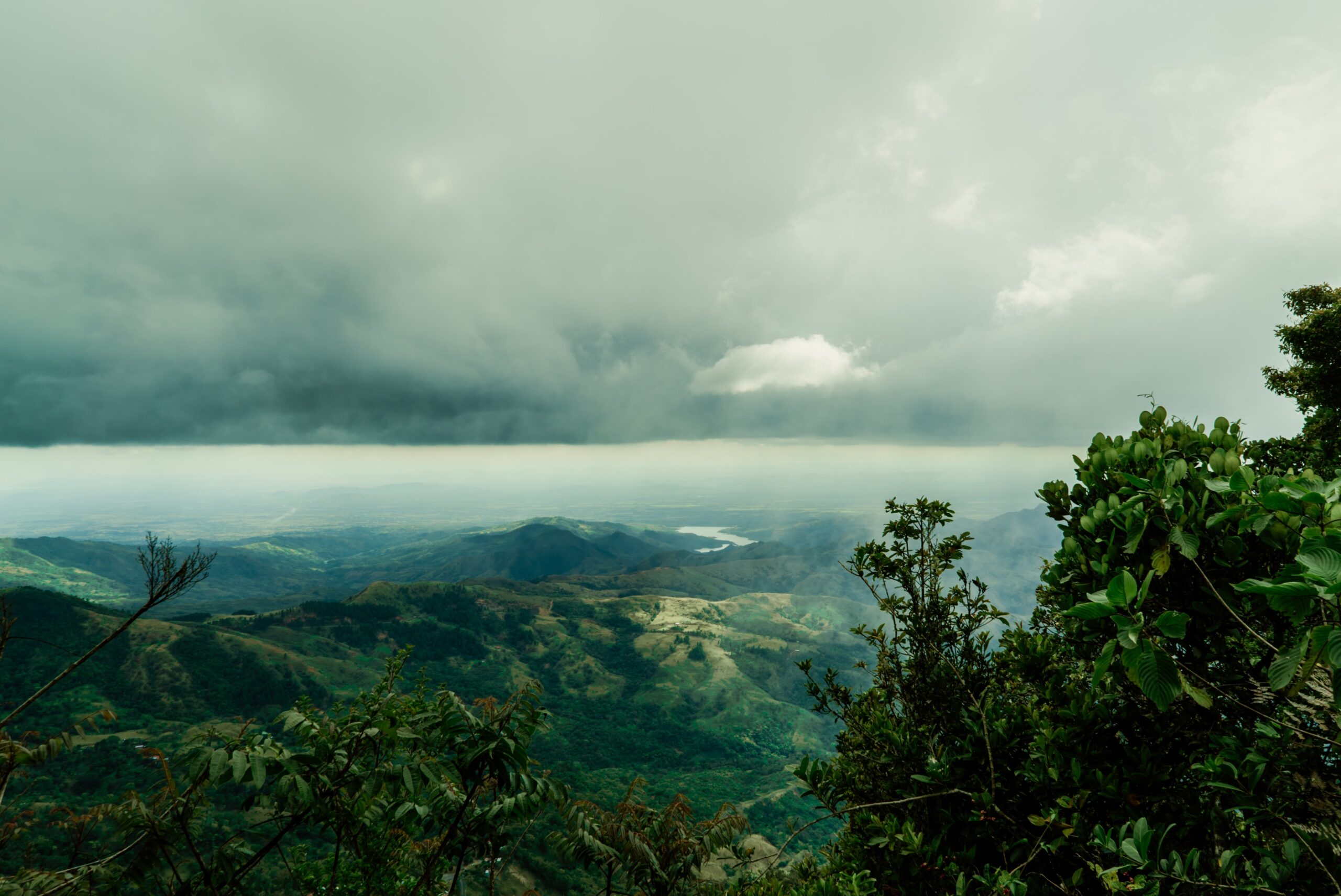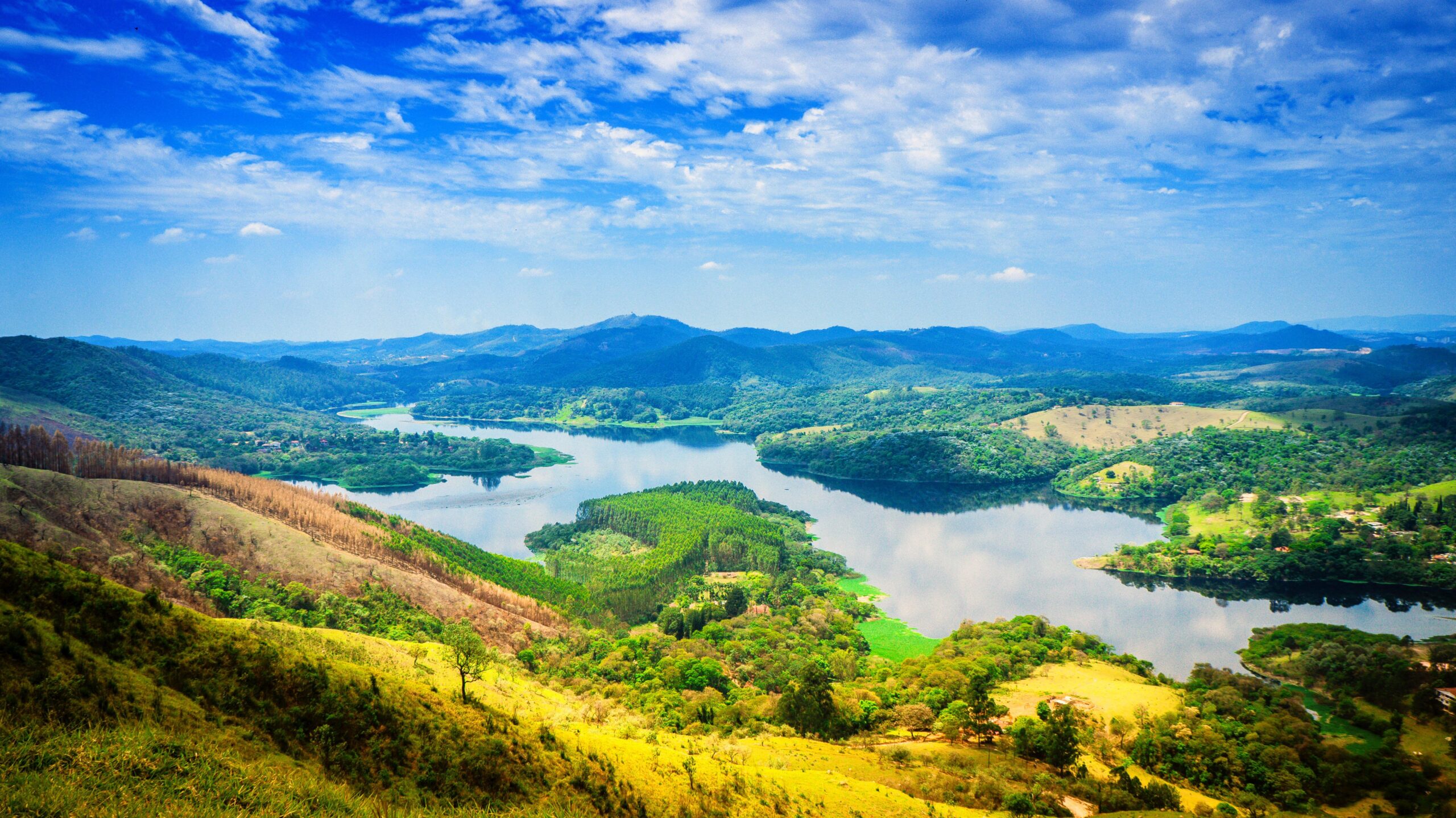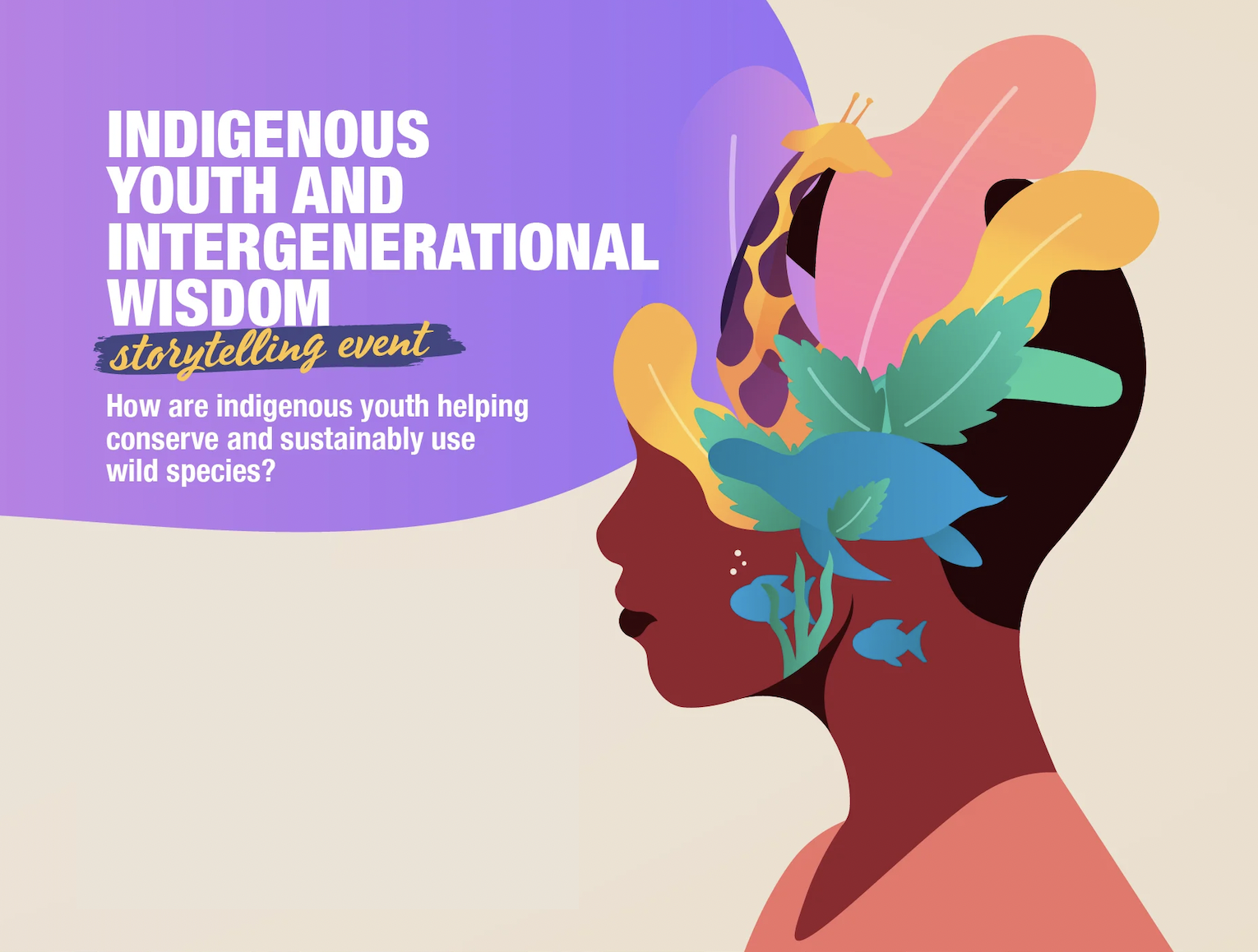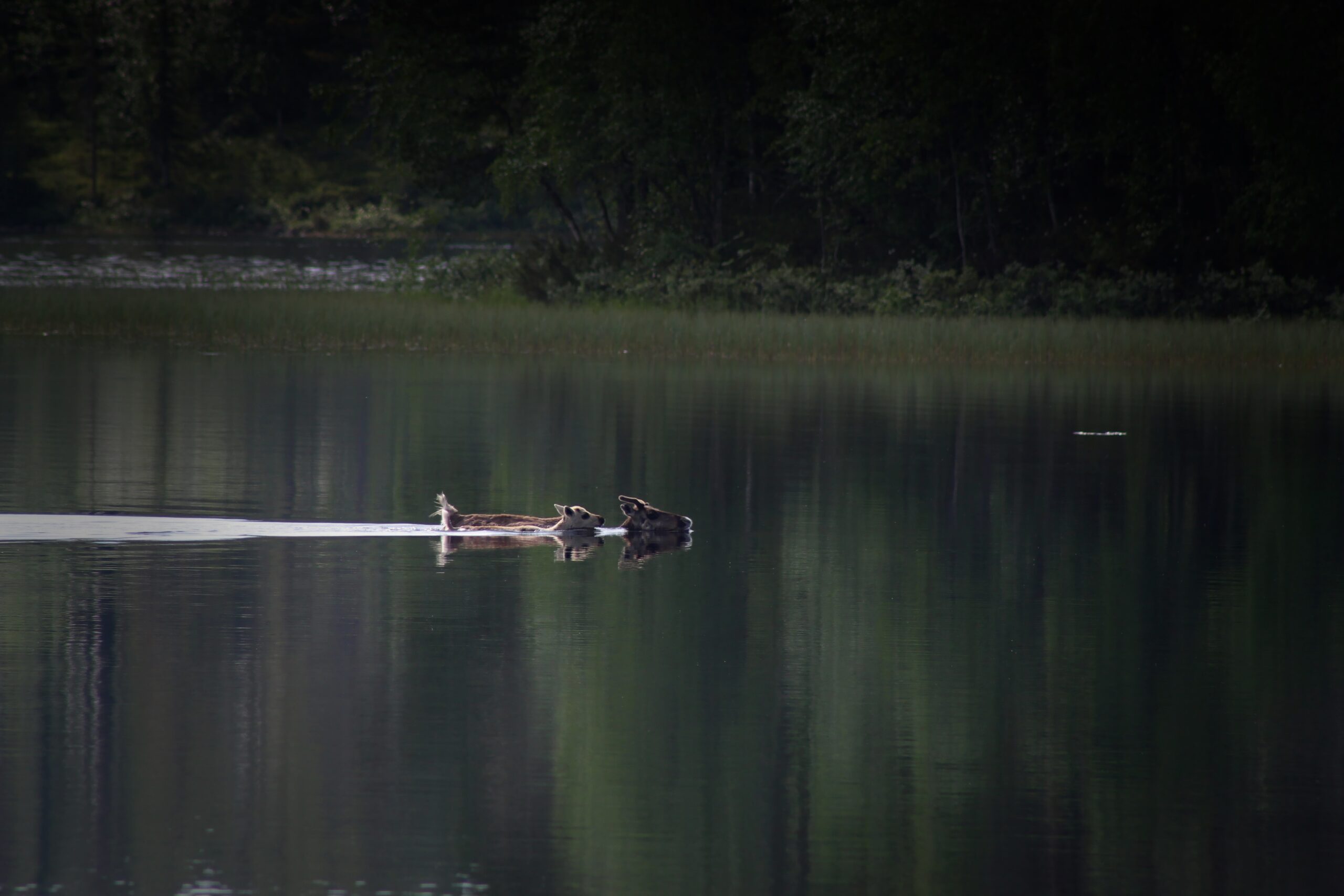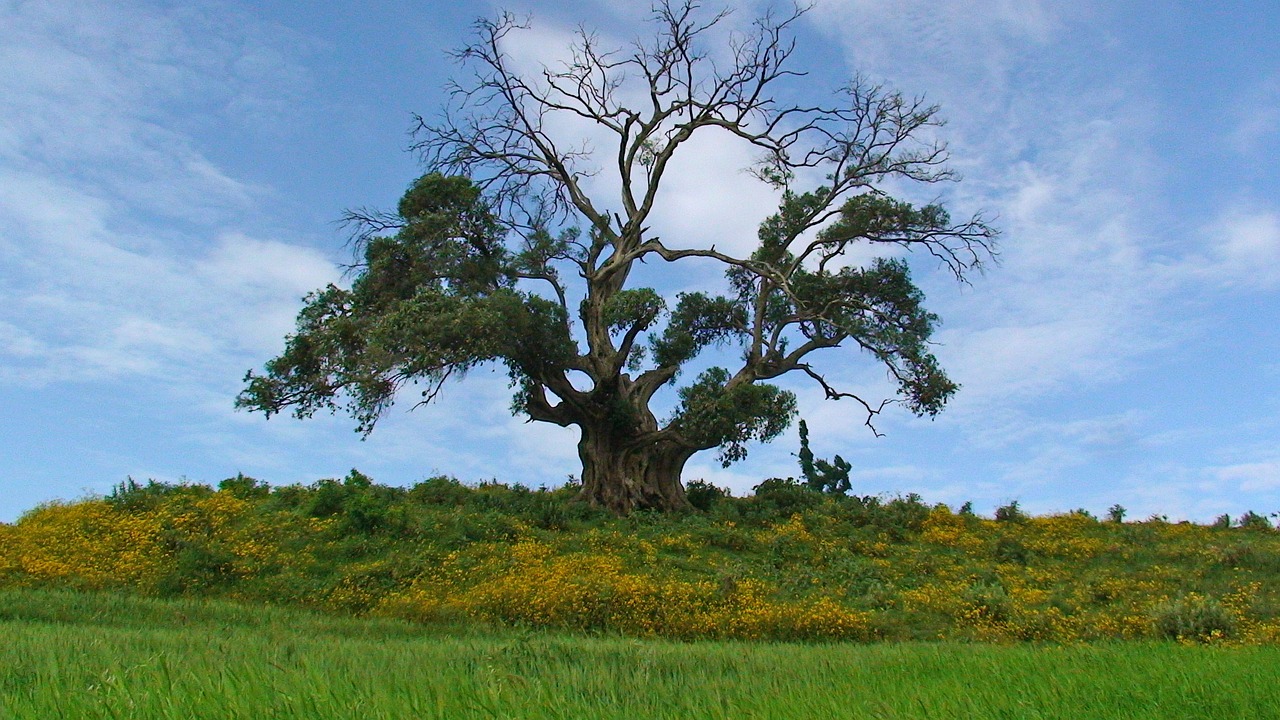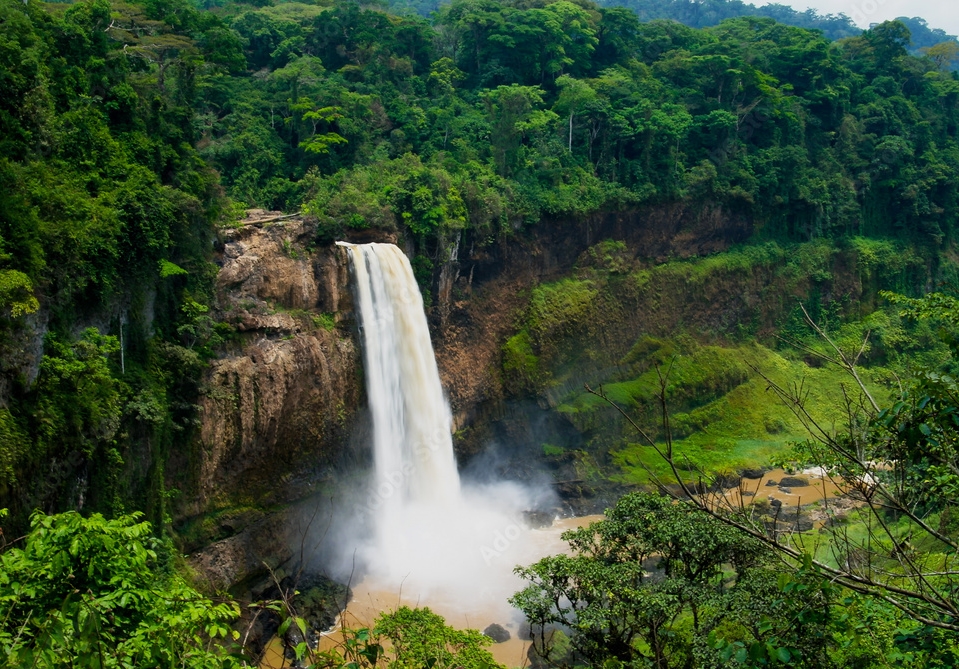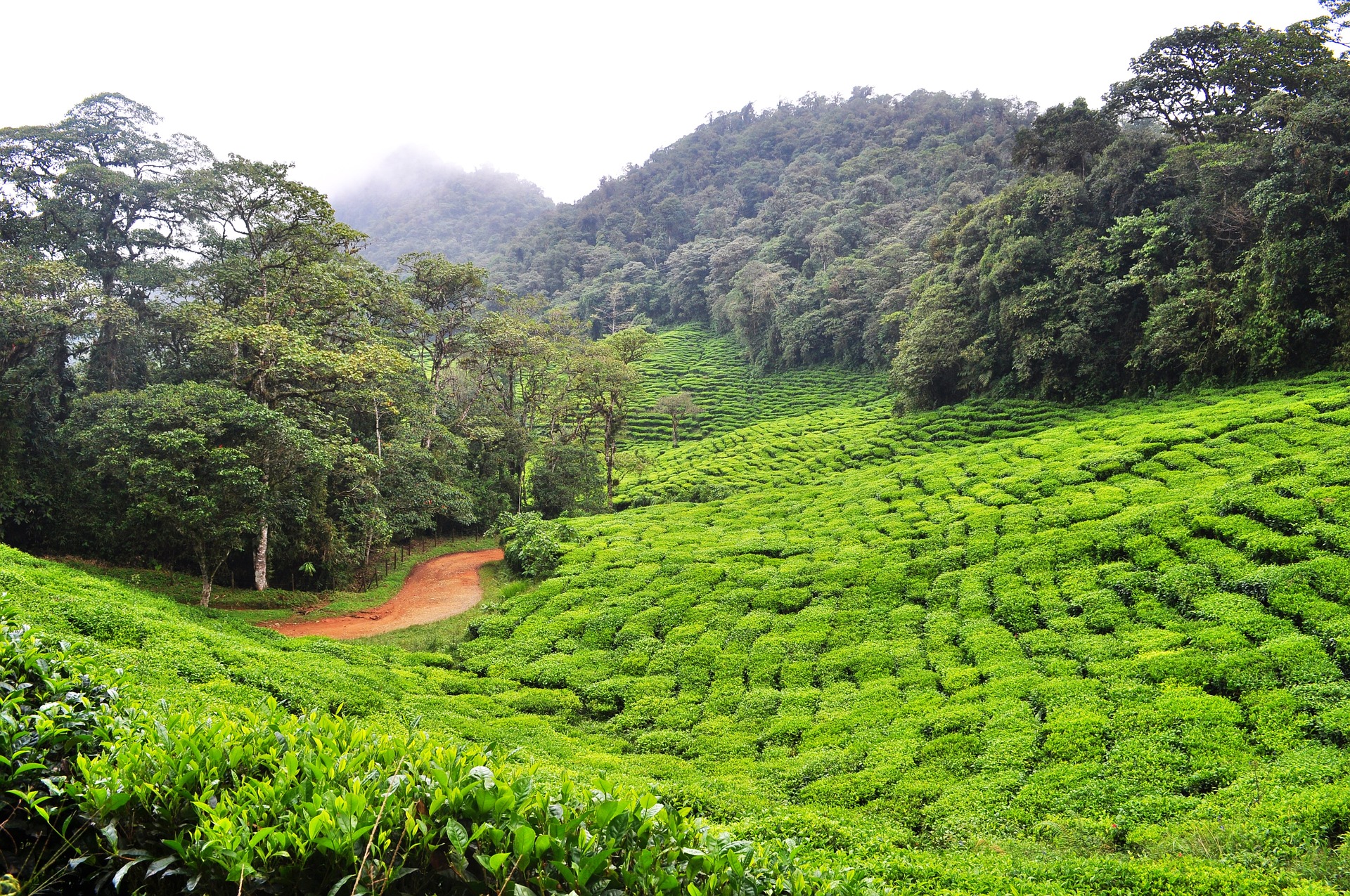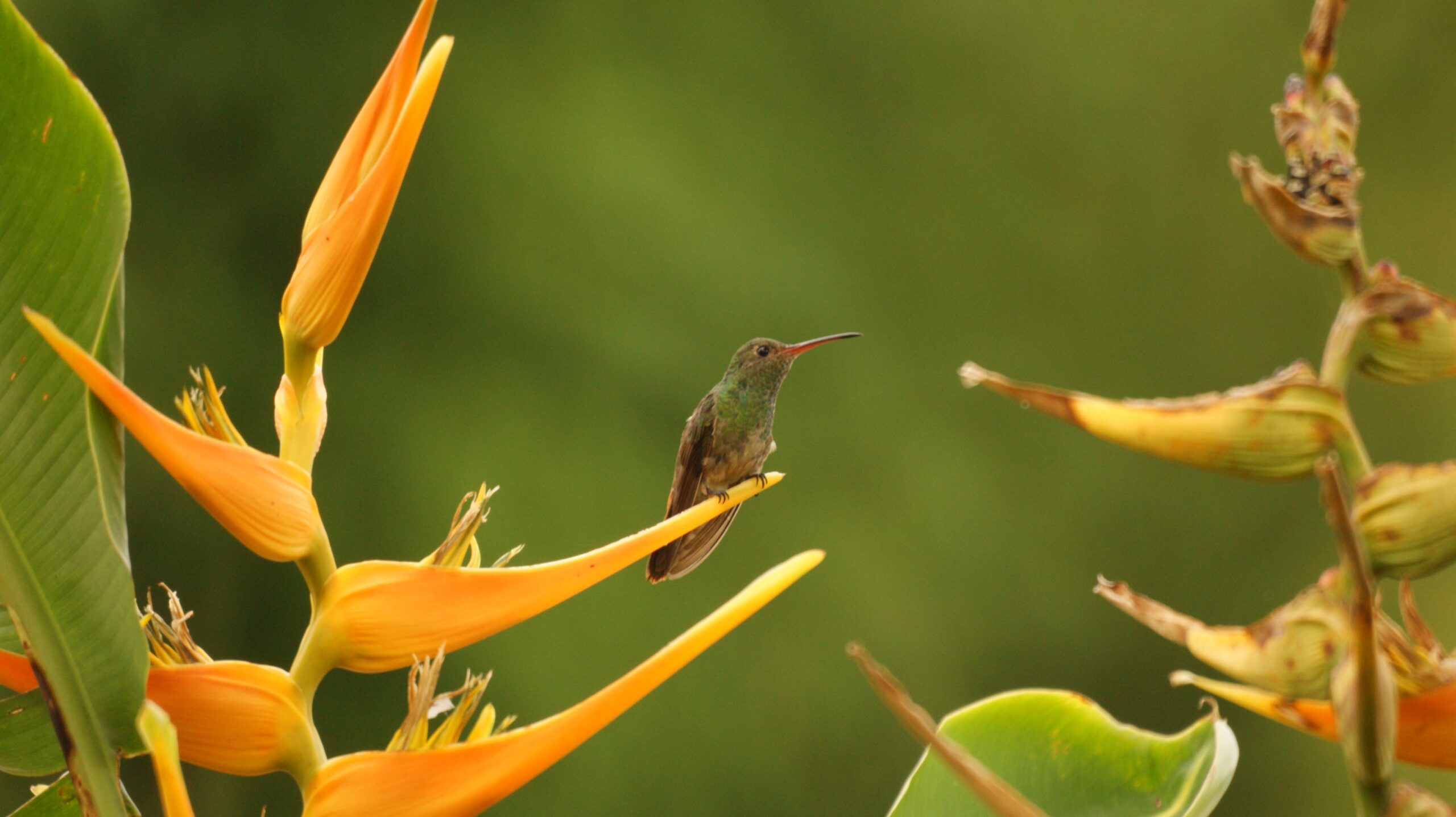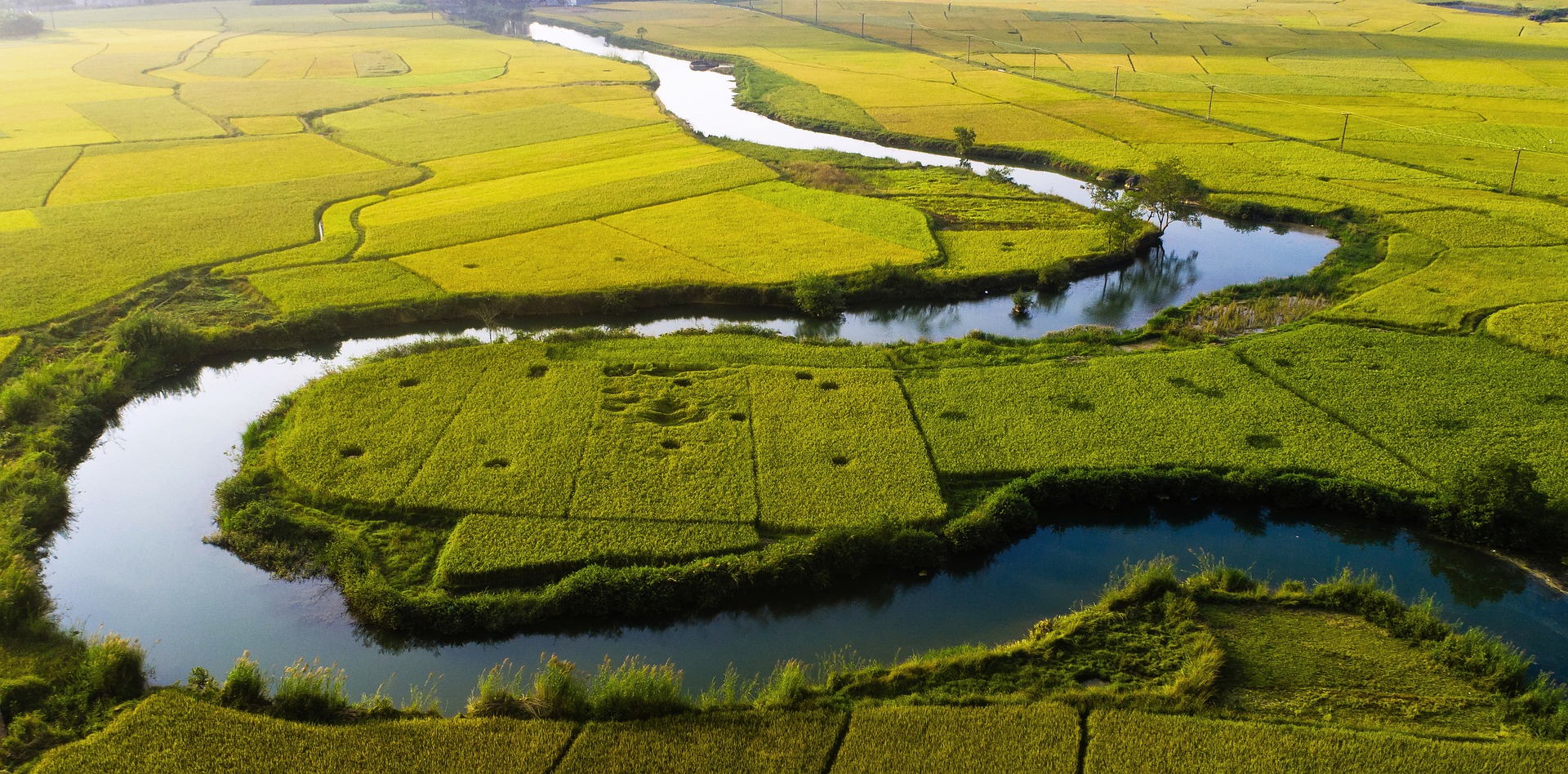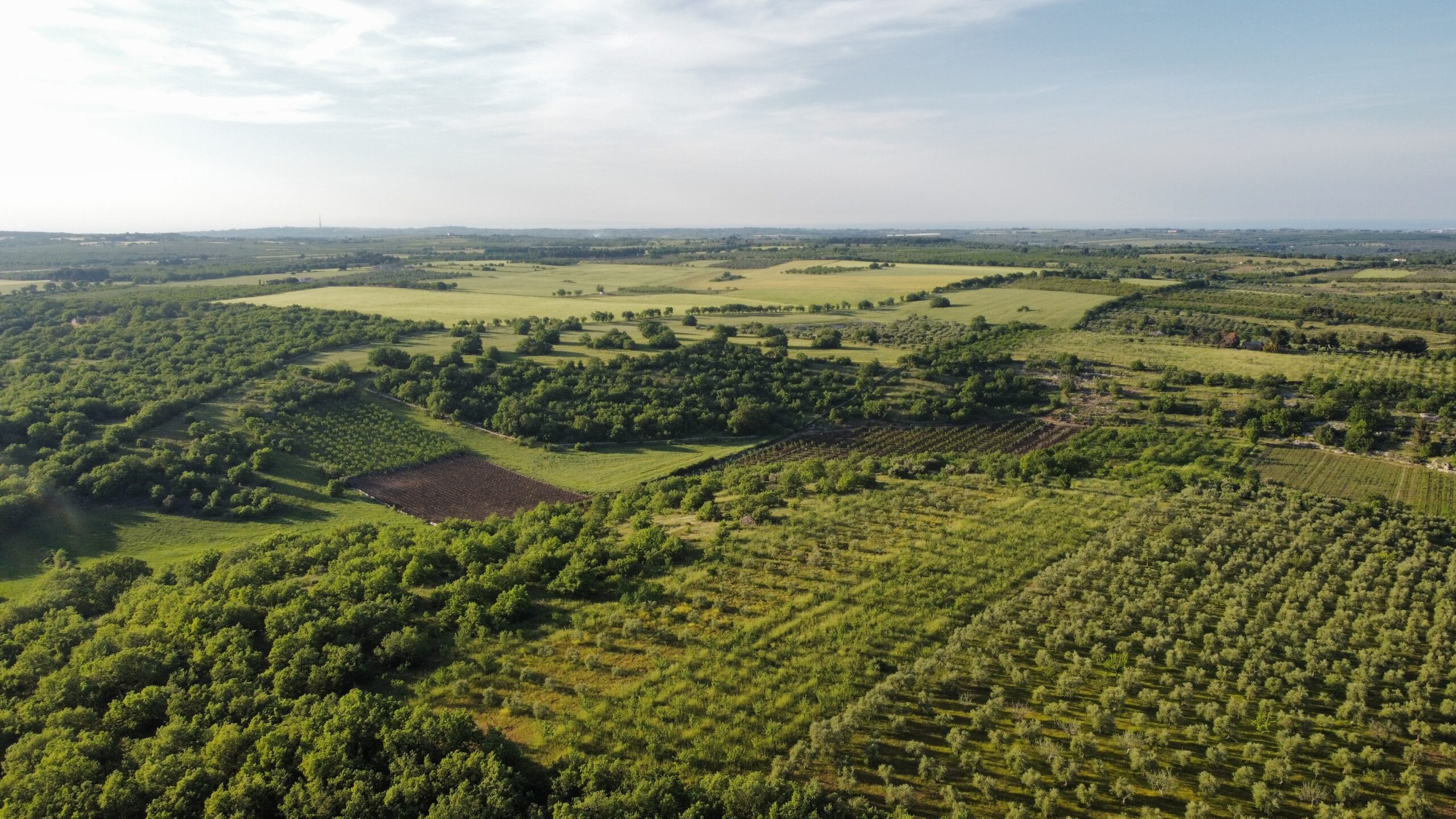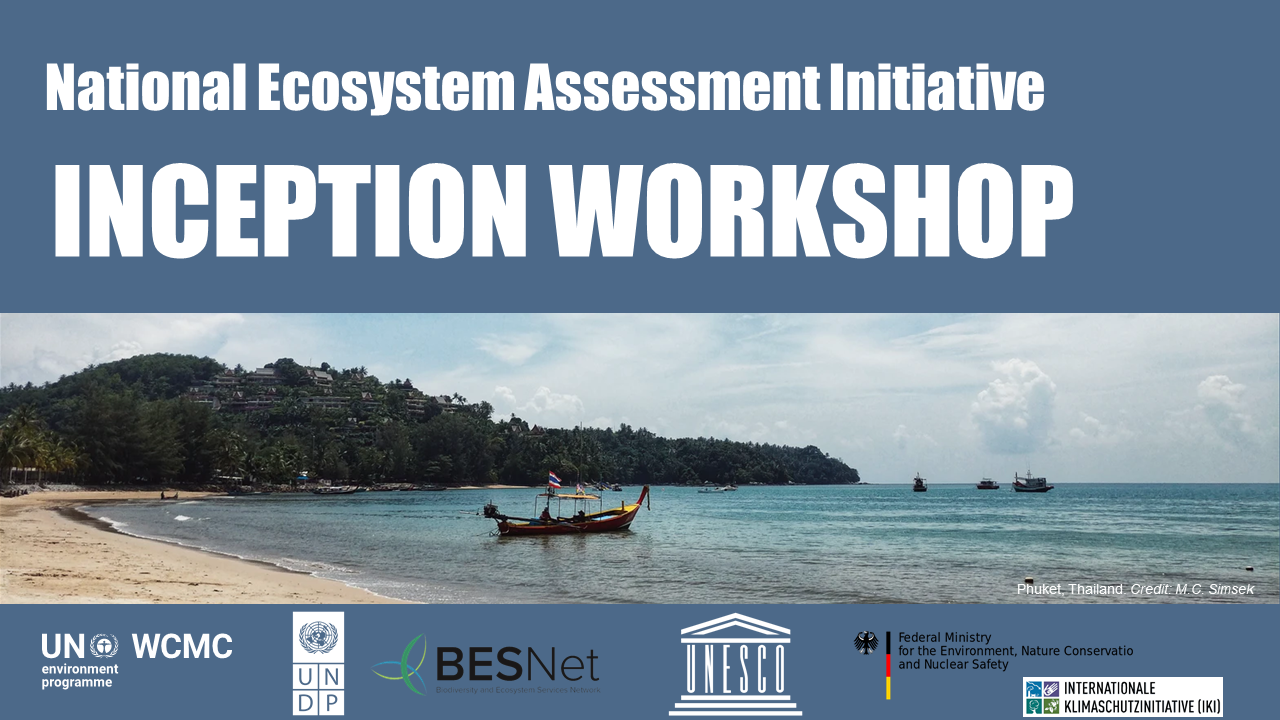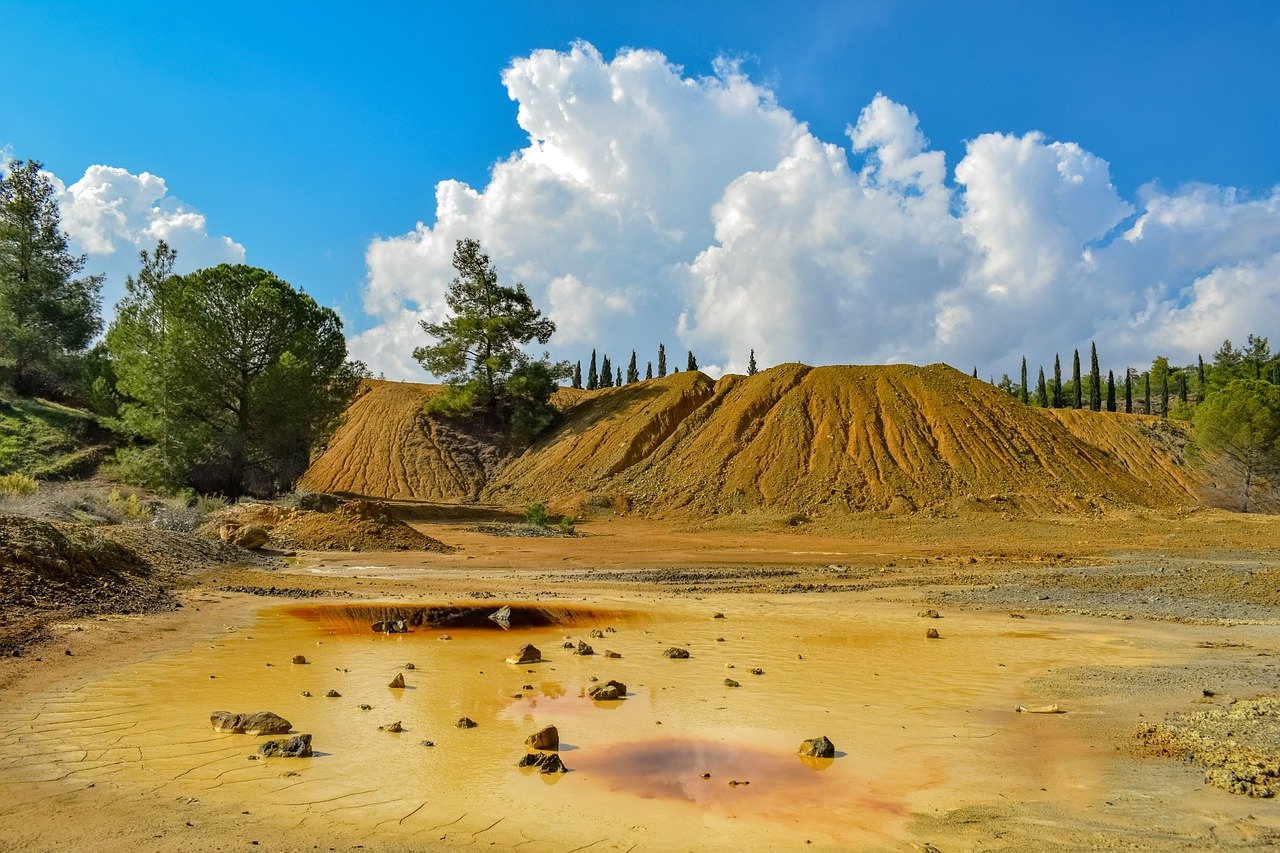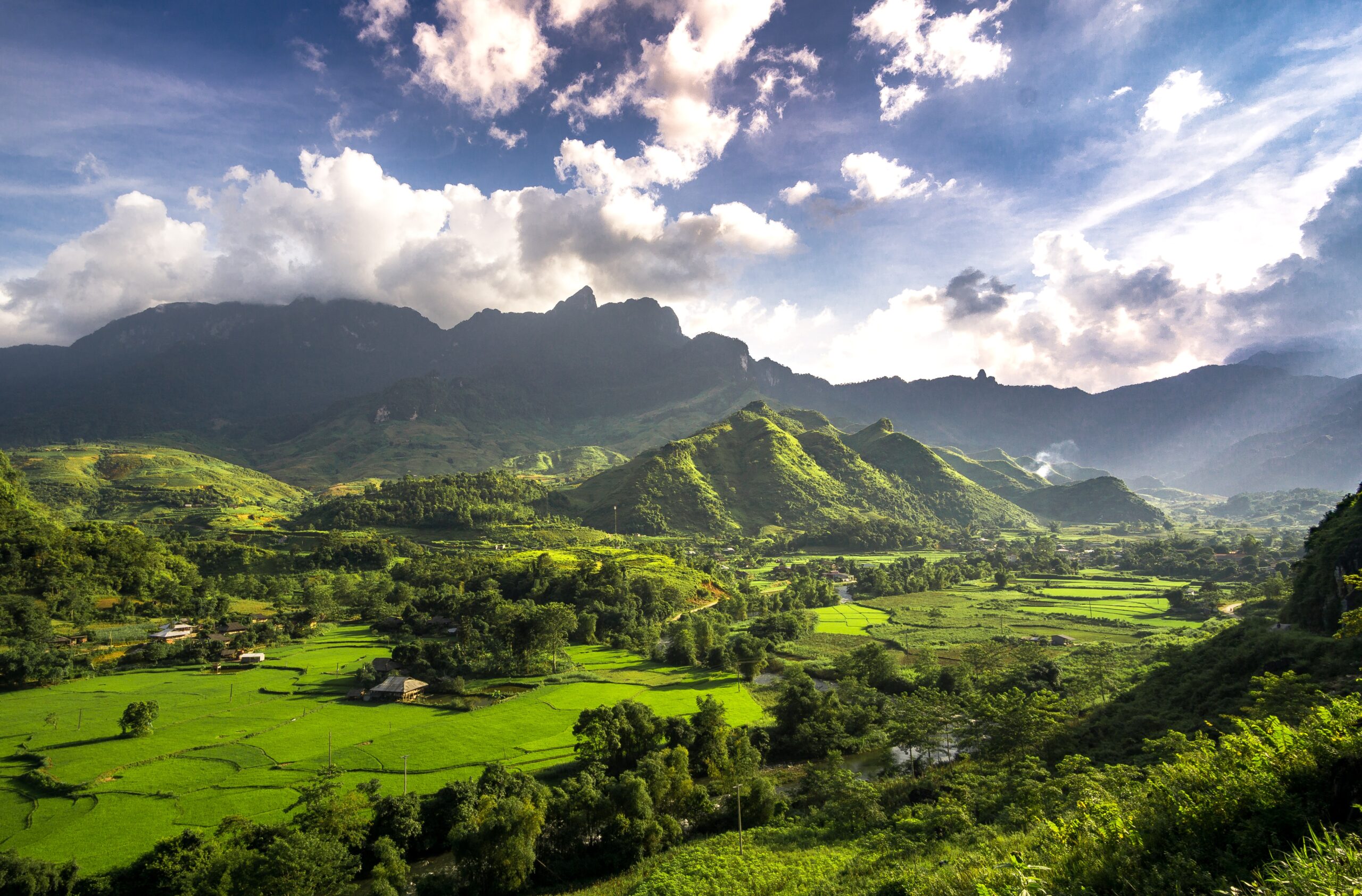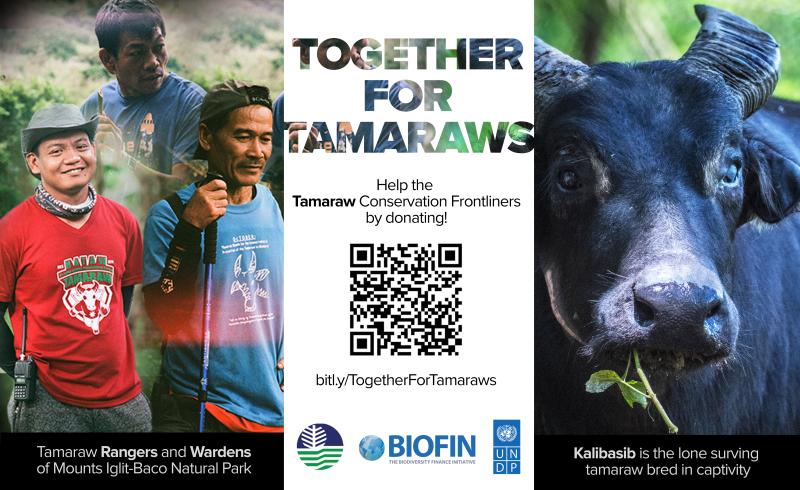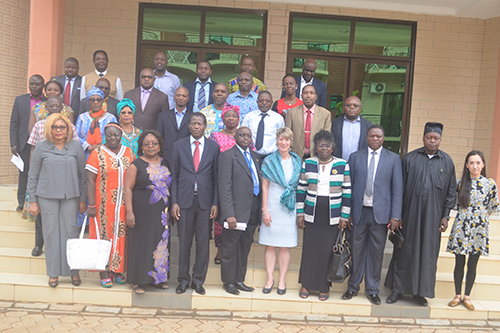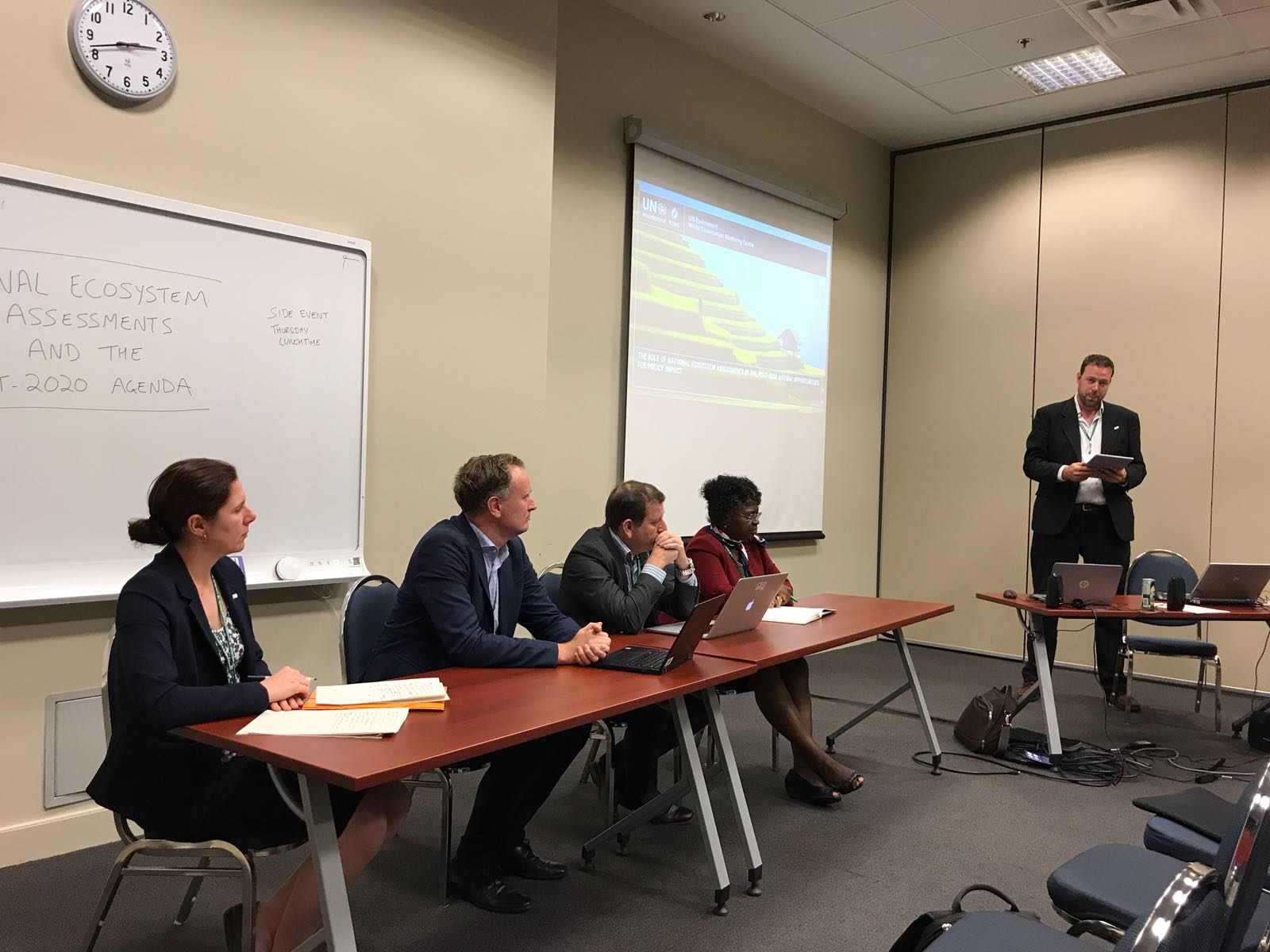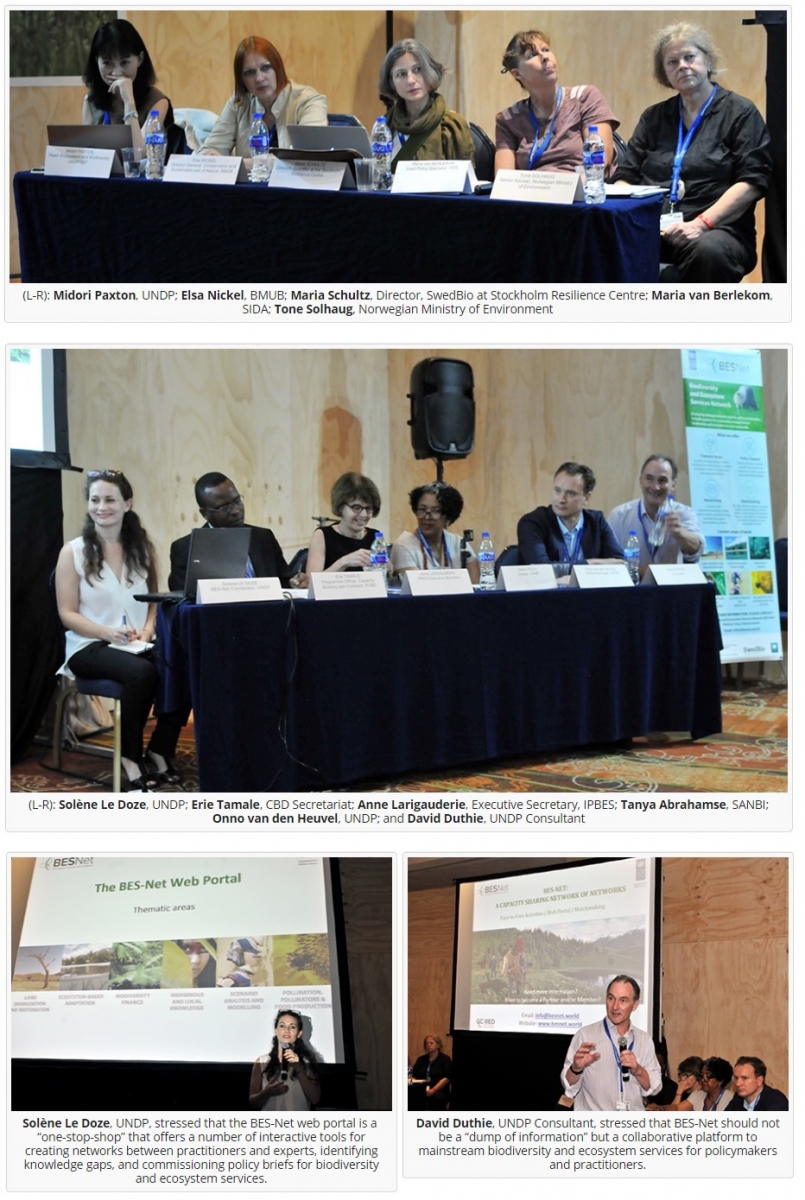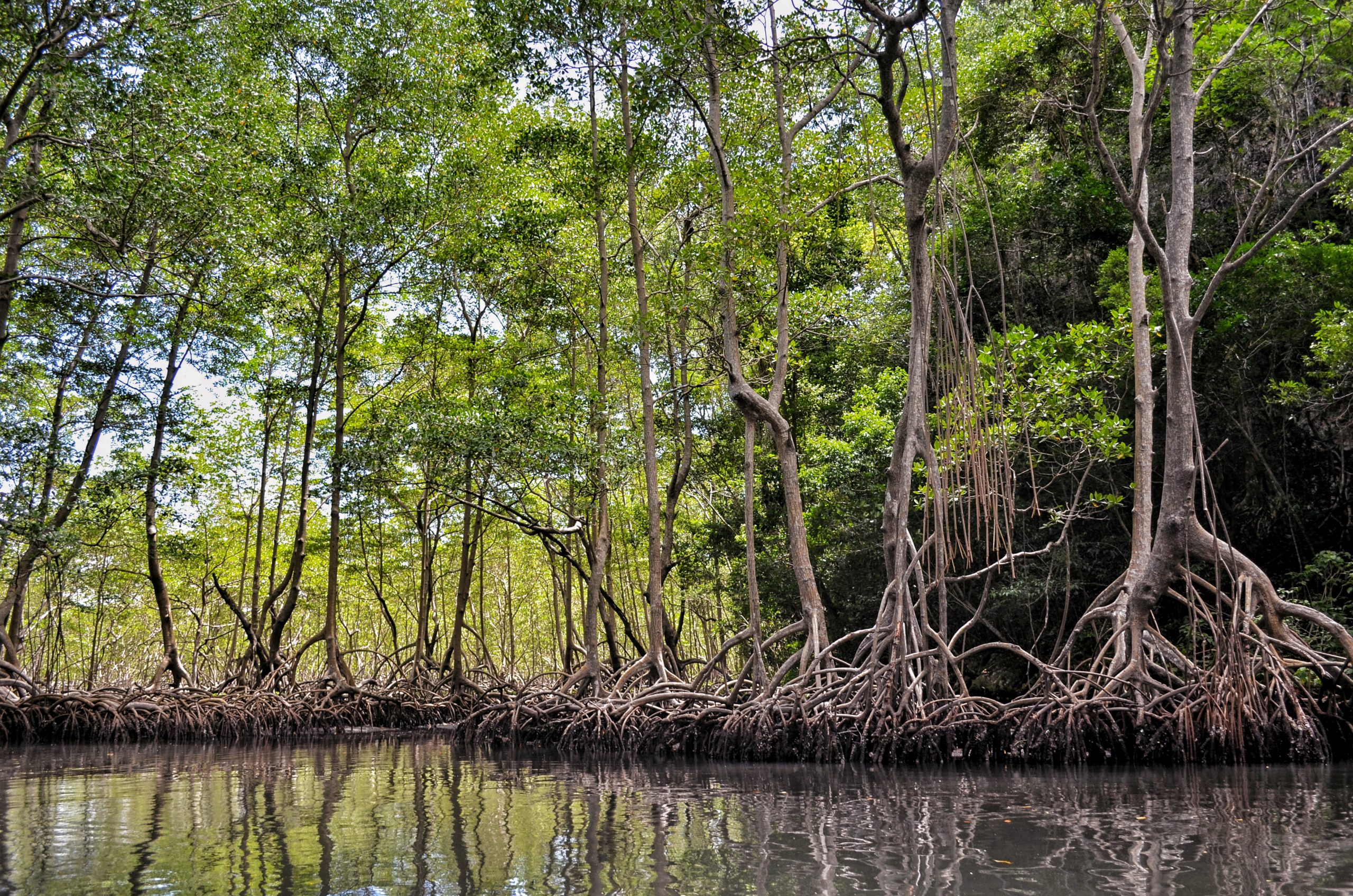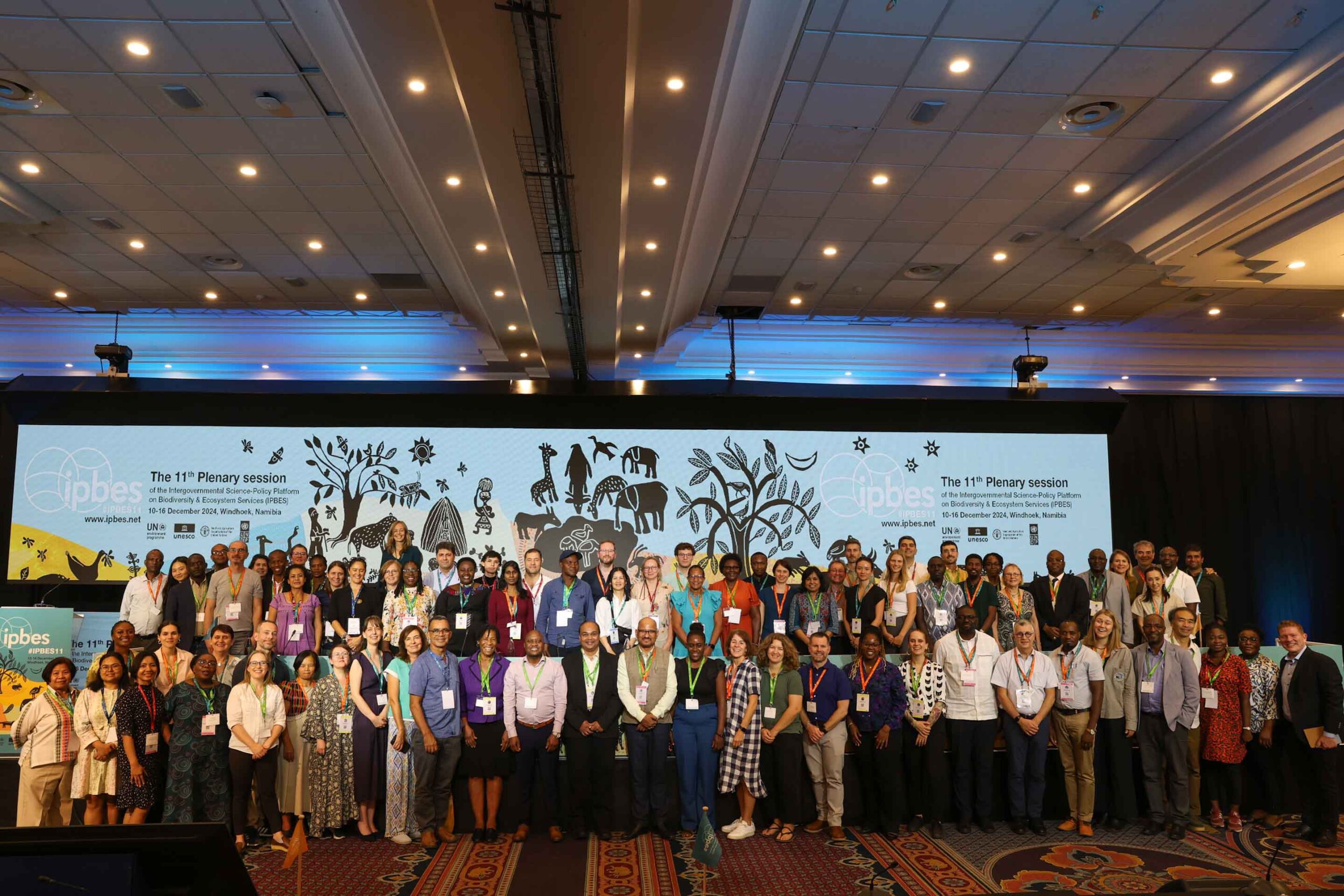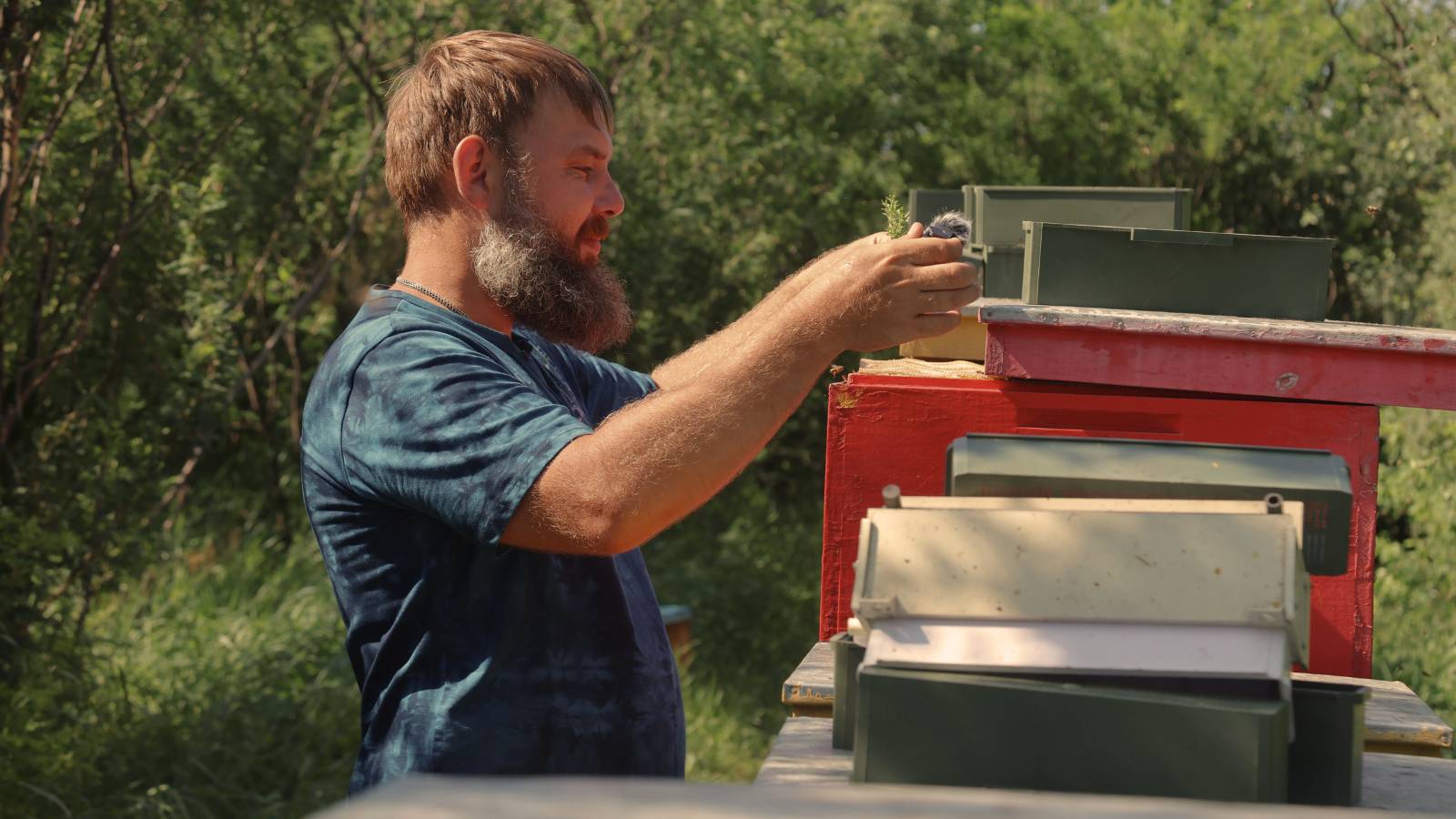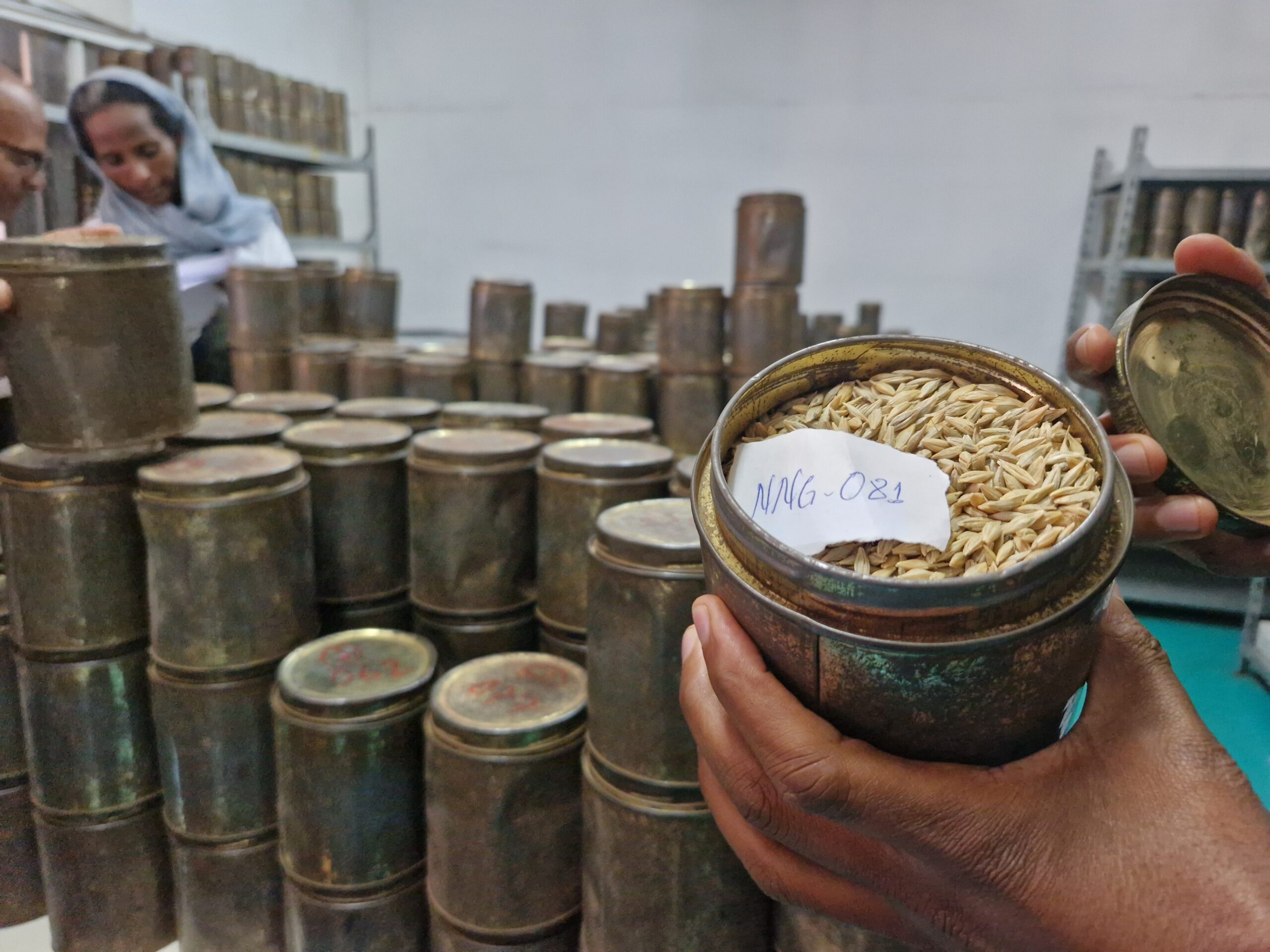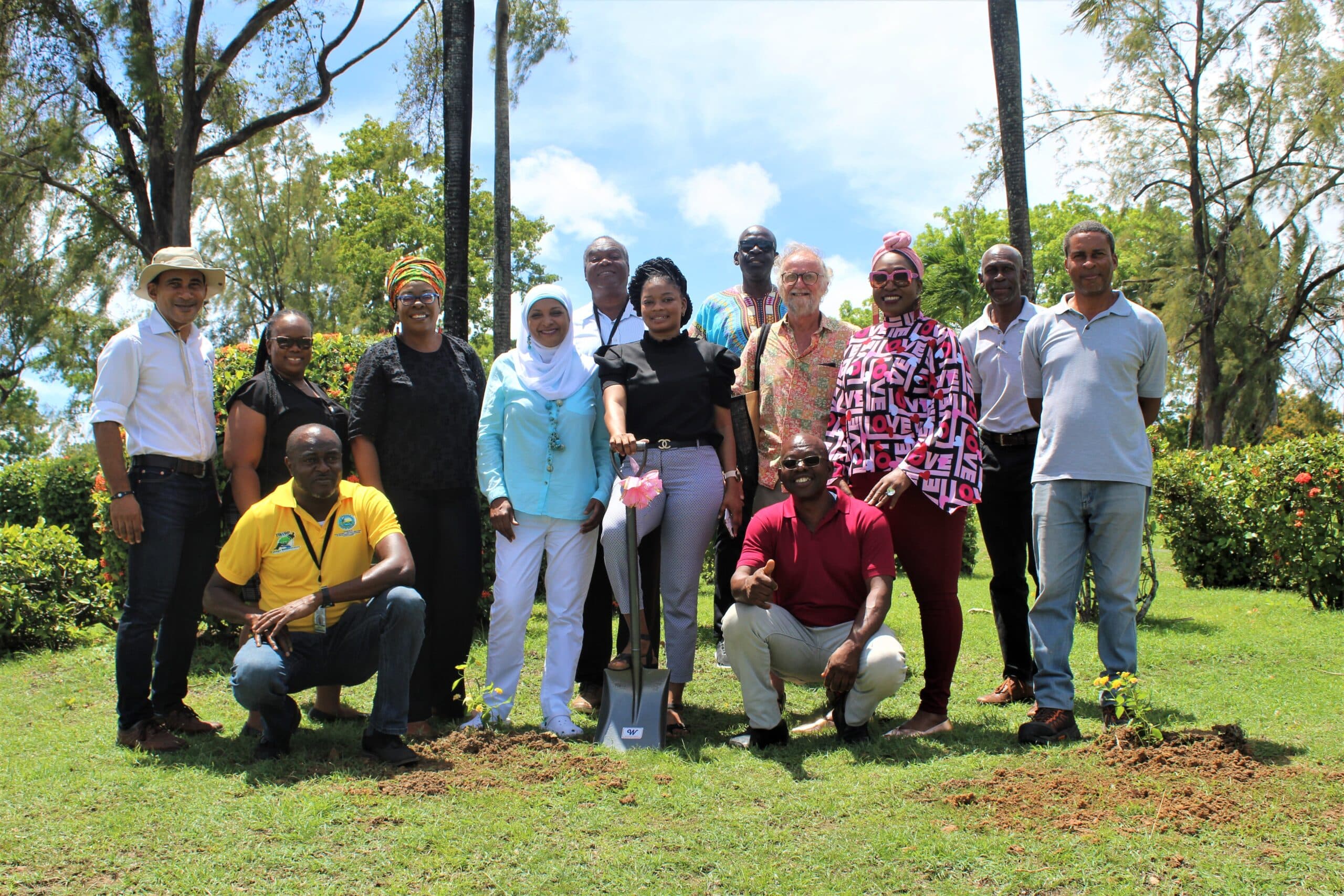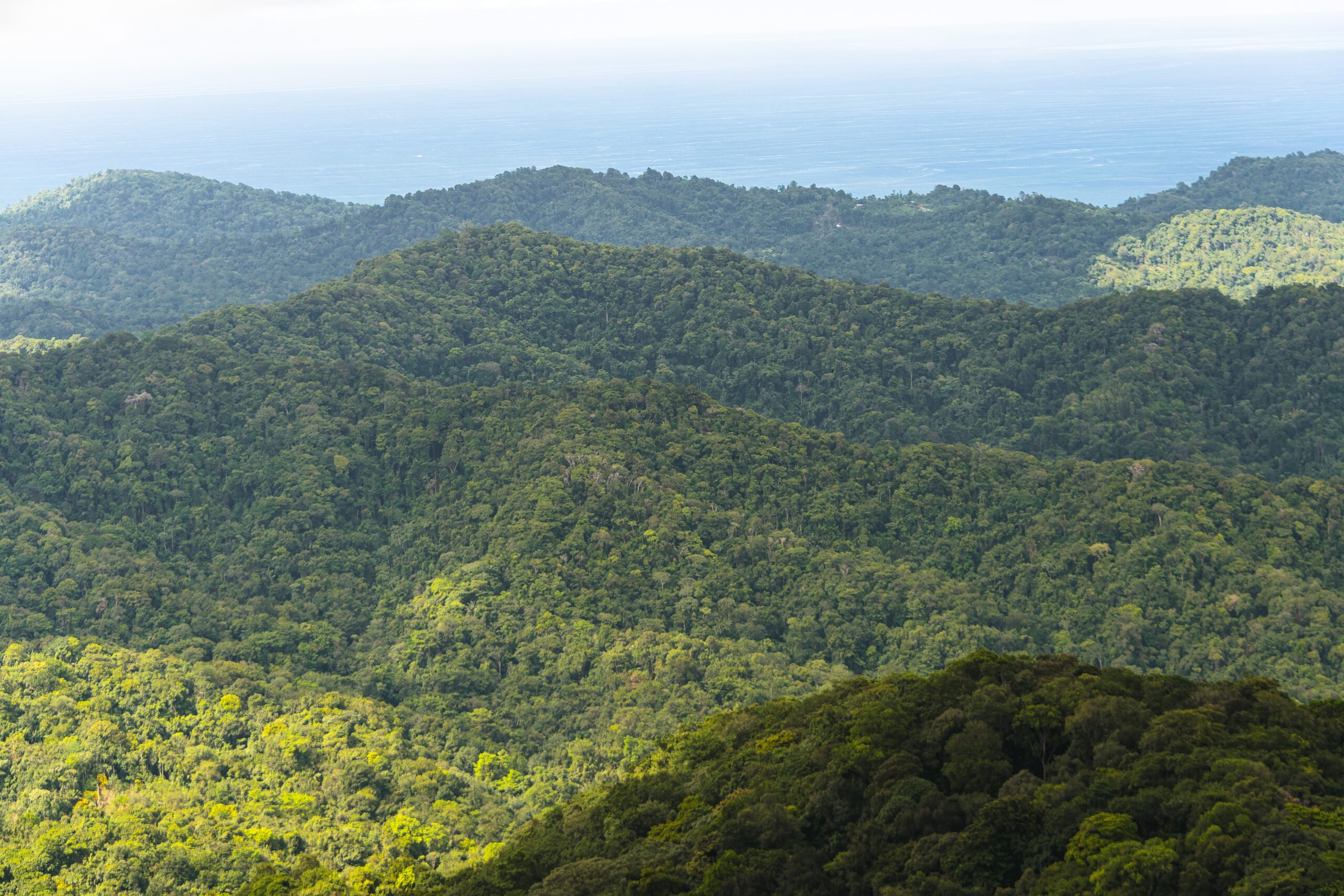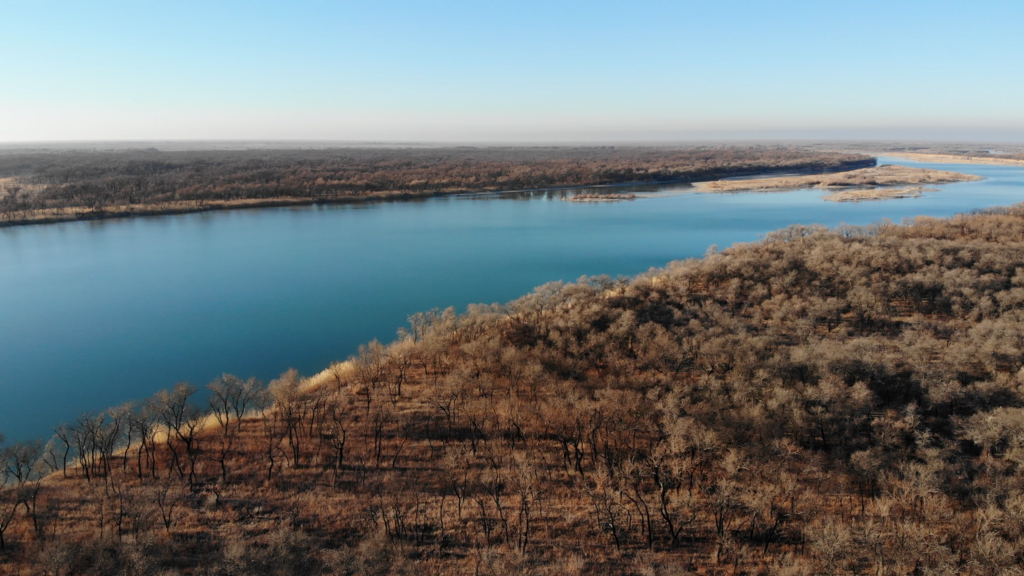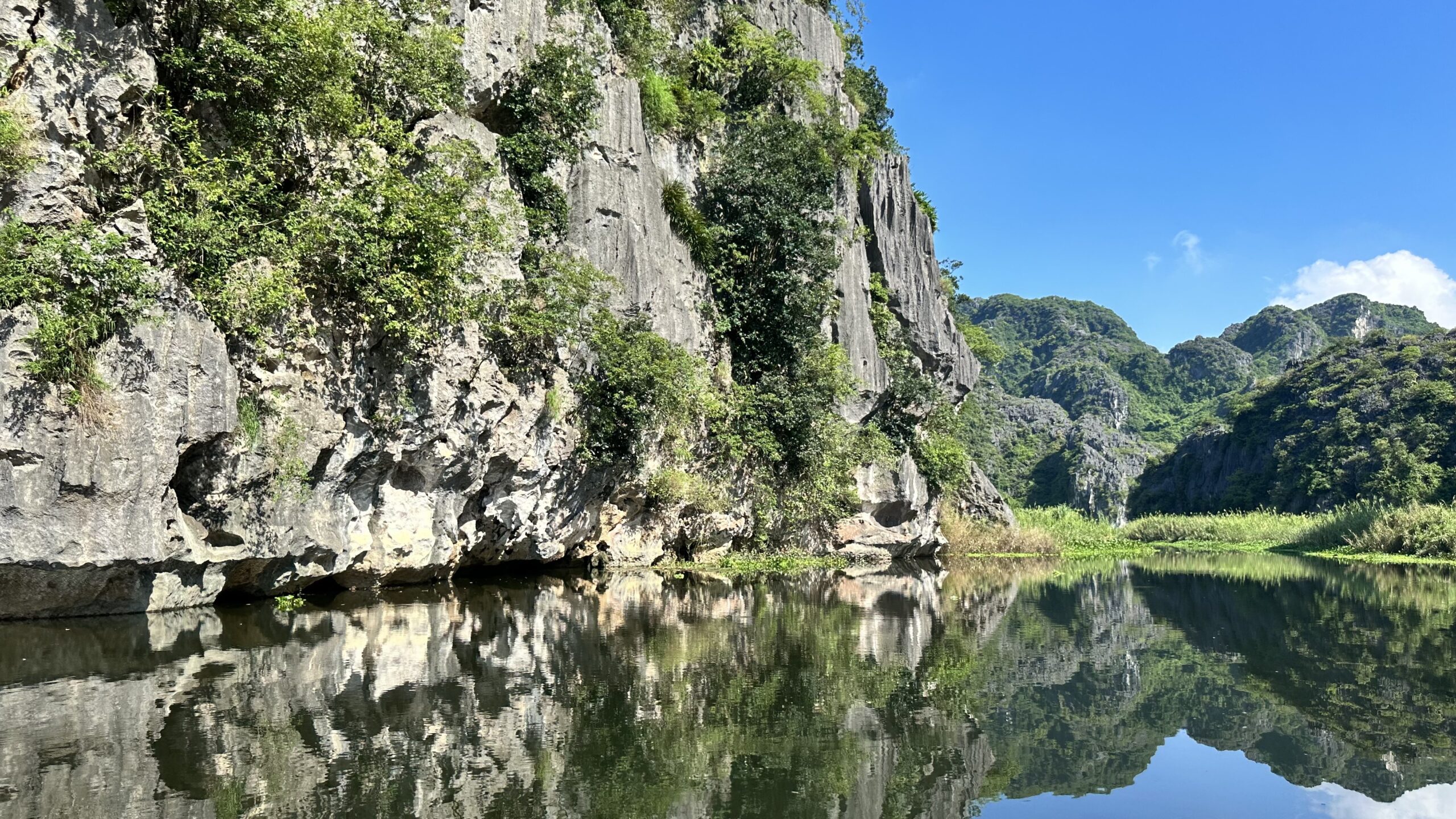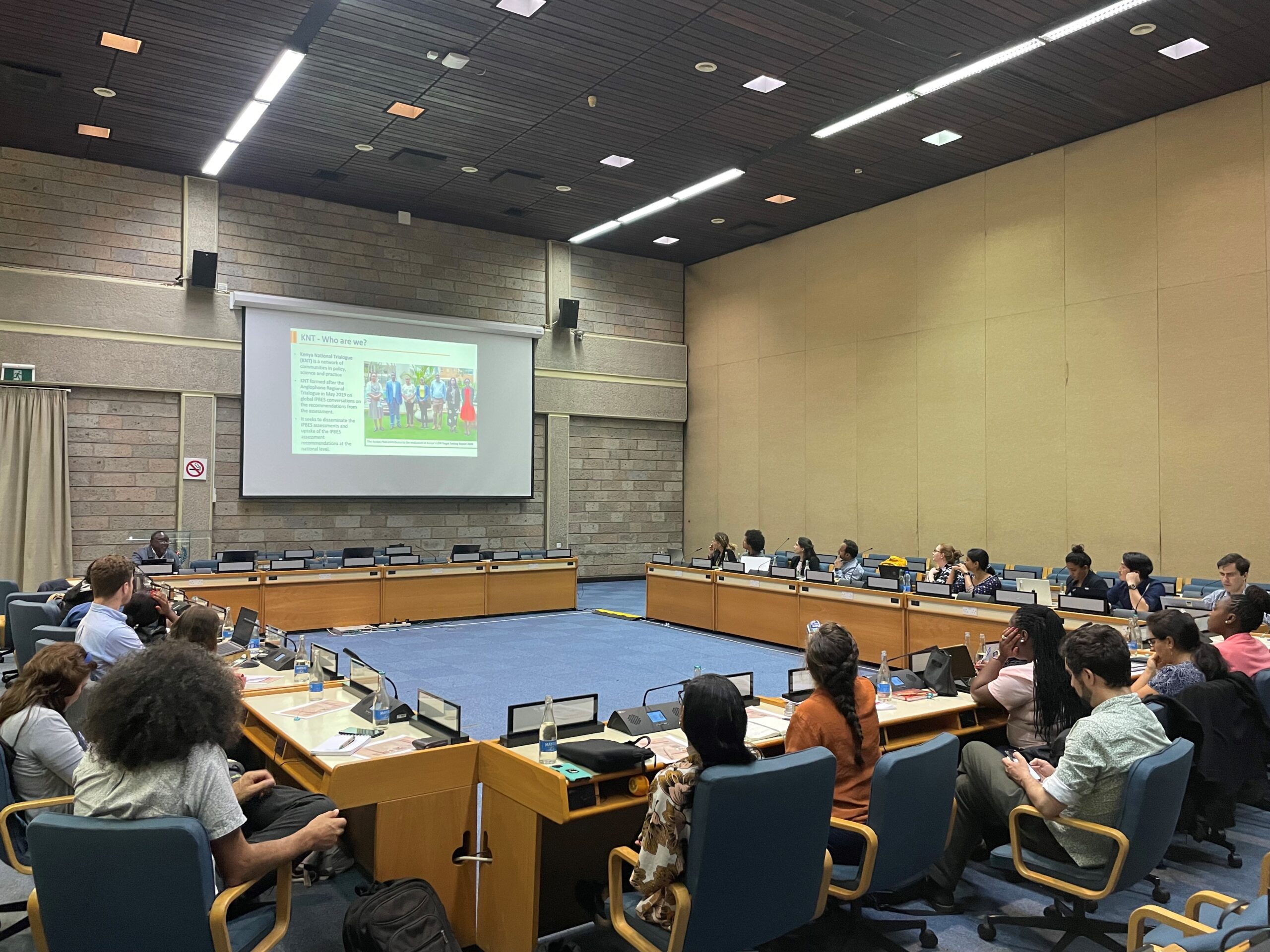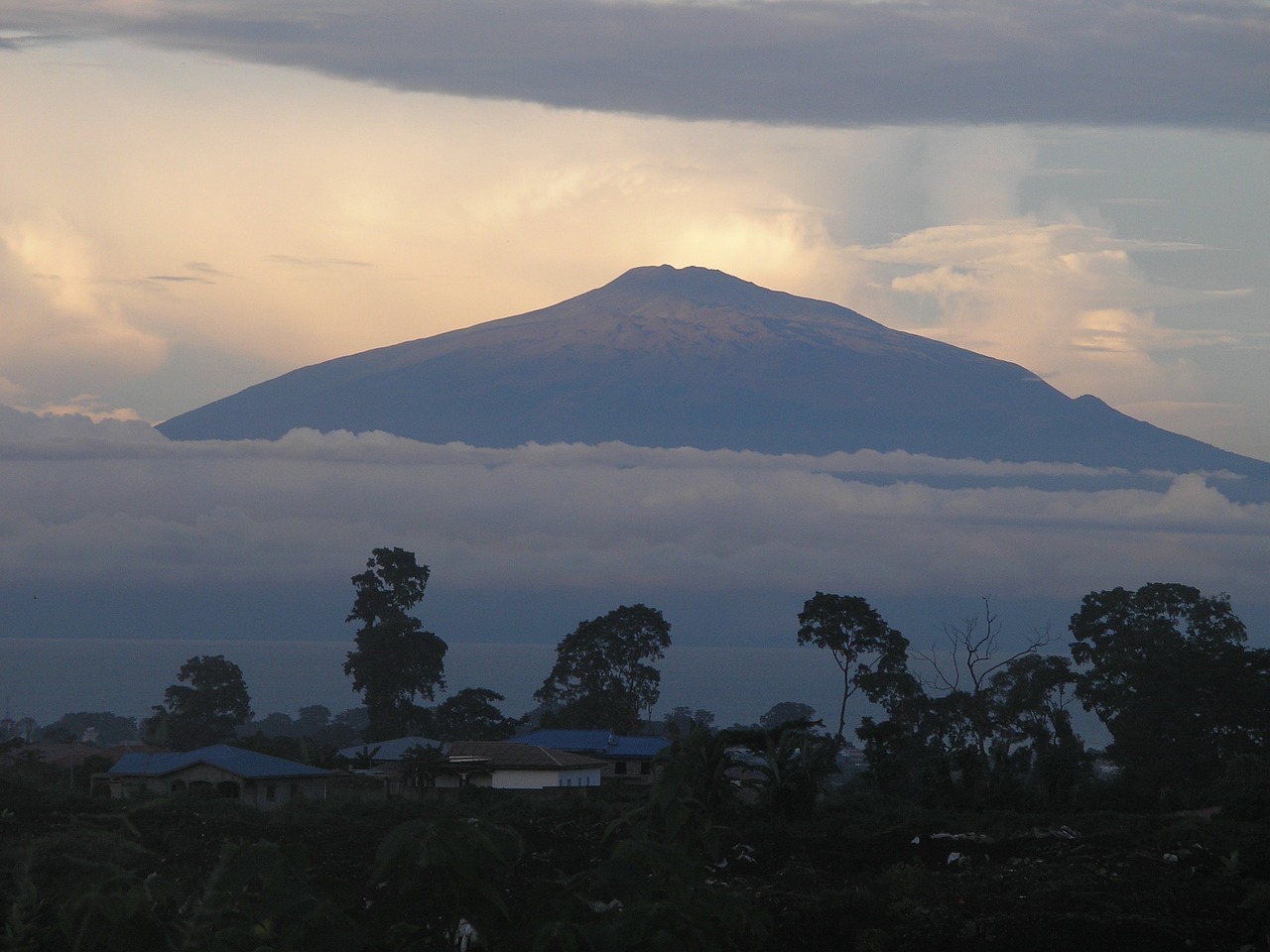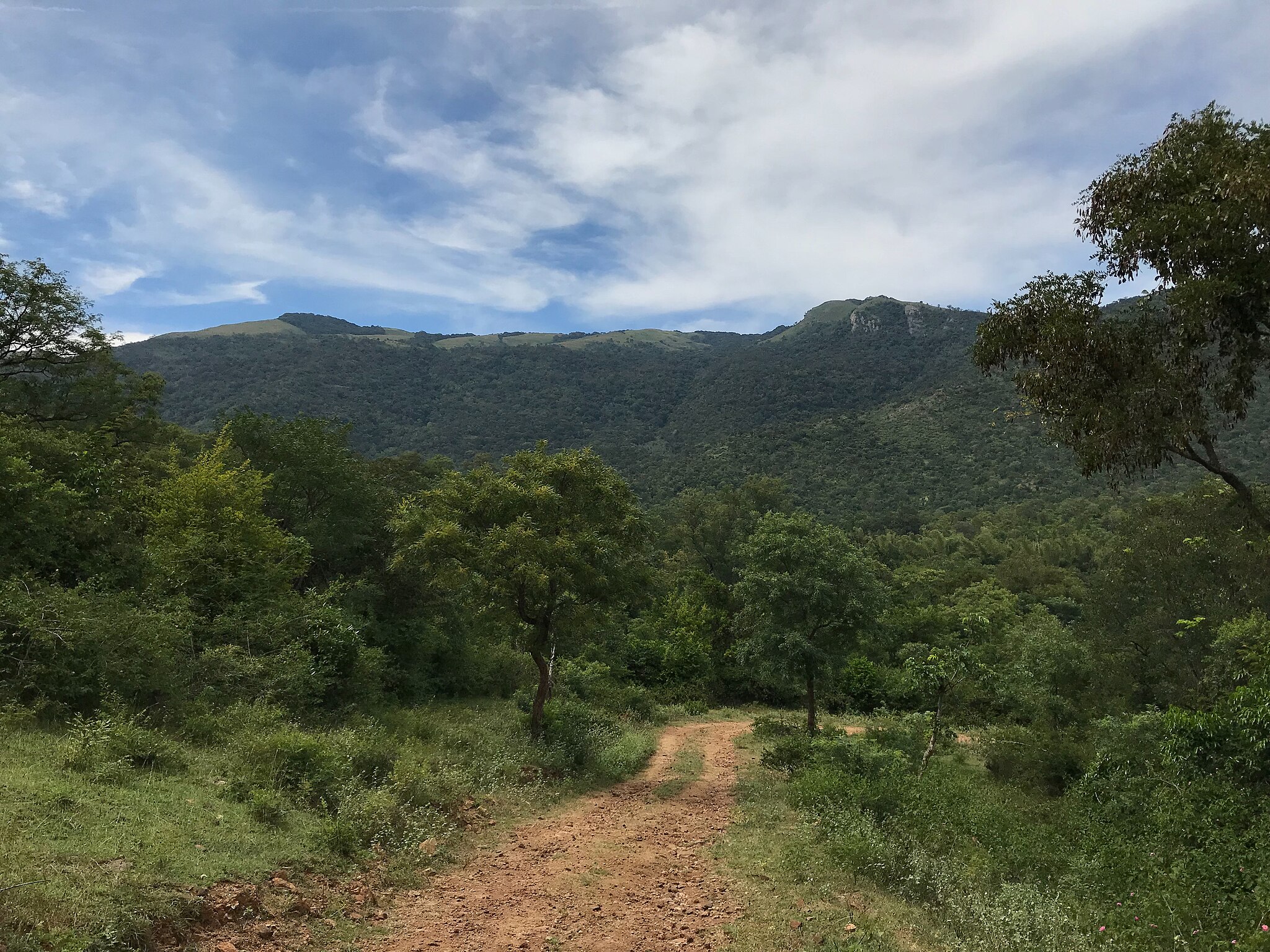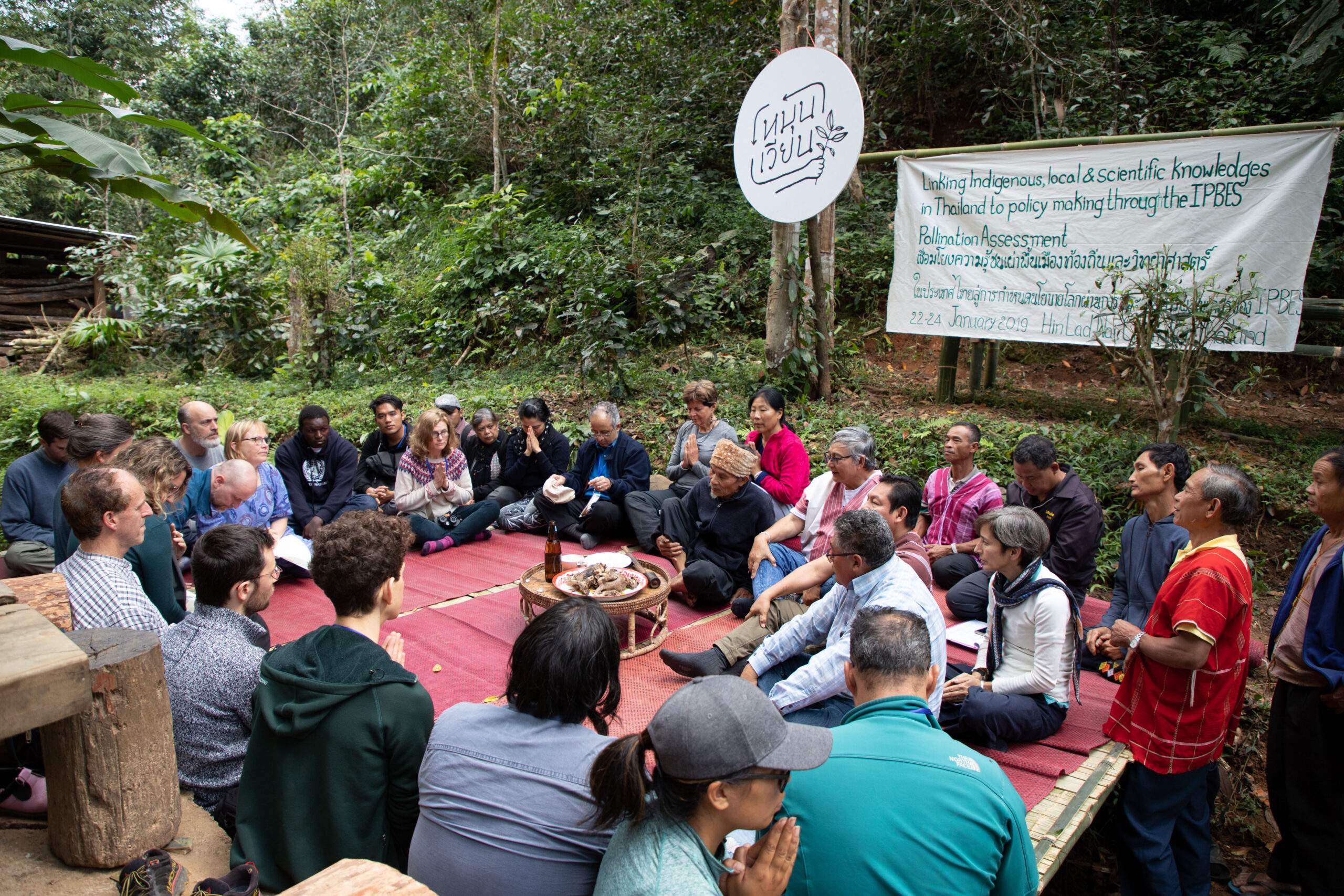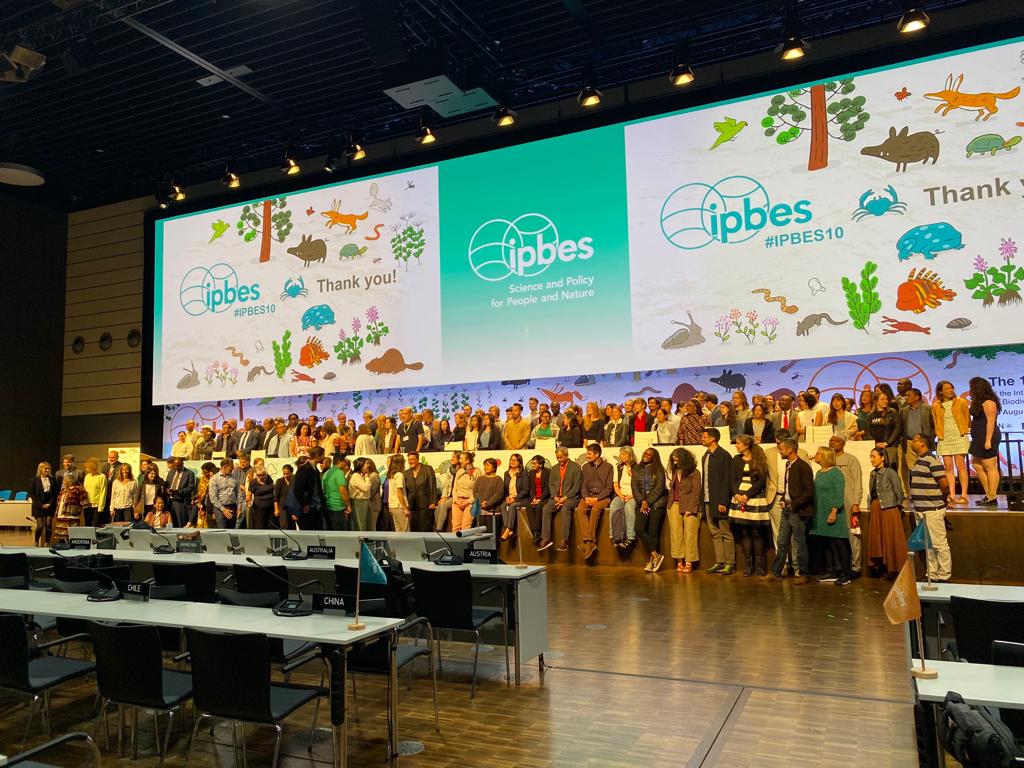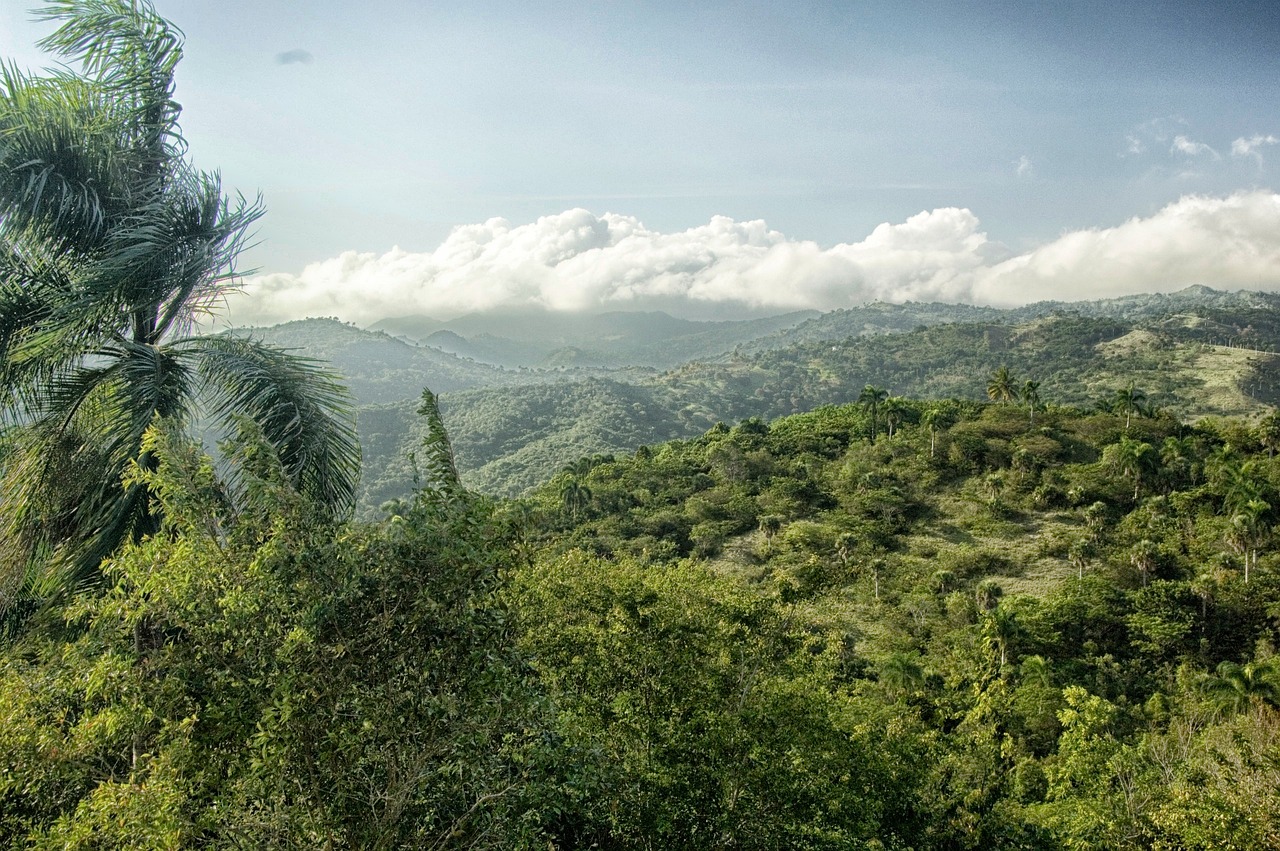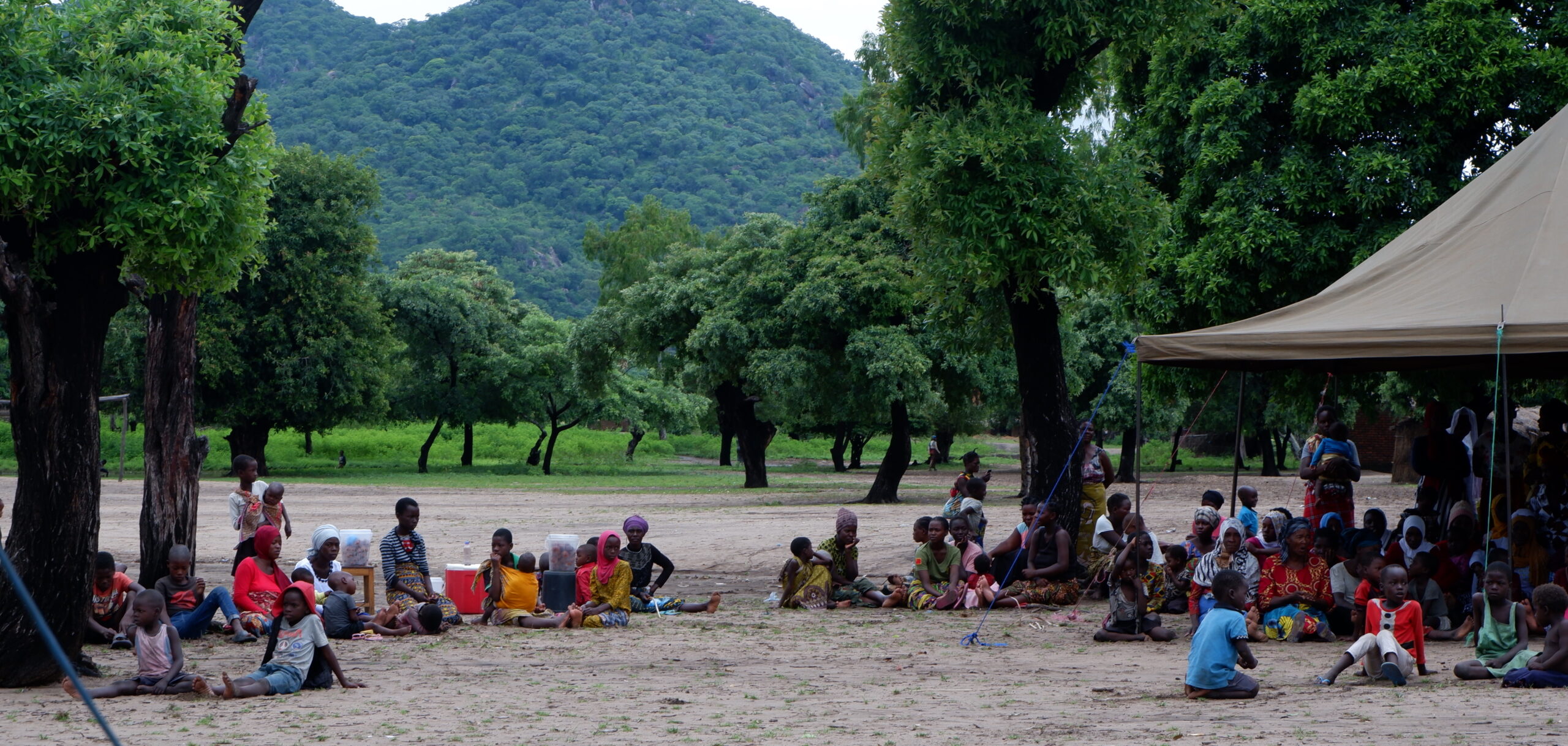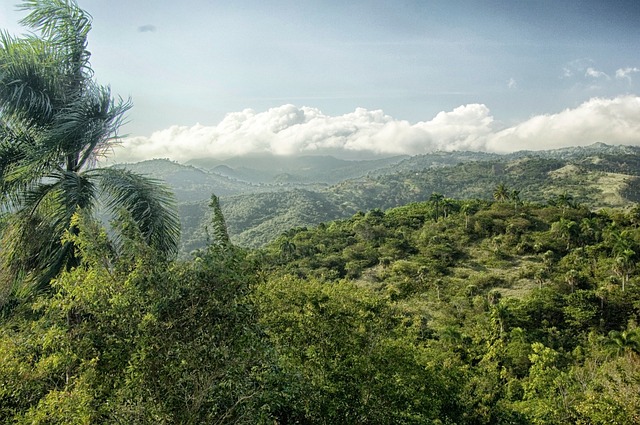The emergence of the COVID-19 pandemic has further highlighted the importance of the relationship between people and nature. While the relationship between nature and zoonotic disease is complex, it is clear that land degradation and loss of biodiversity undermine the web of life and increase the risk of disease spillover from wildlife to people. If no holistic action is taken, human pressure on biodiversity and land resources in the post COVID-19 era may increase even stronger, accelerating environmental breakdown and even inducing the next crisis. Accordingly, future investments in the Sustainable Development Goal 15 towards biodiversity conservation under the new post-2020 (or post-Aichi) global biodiversity framework, and towards combatting land degradation in line with the Land Degradation Neutrality (LDN) targets should be a critical part of an integrated response under any post COVID-19 recovery efforts. The BES-Net Op-Ed series on COVID-19 seeks to contribute to informed decision-making in this regard by exploring potential associated impacts on LDN targets and post-2020 Aichi global biodiversity framework.
BES-Net Op-Ed series #7 provided an overview of LDN and post-2020 Aichi global biodiversity framework, as well as potentially associated negative impacts of COVID-19 recovery efforts. This Op-Ed series #8 complements this information by providing insights into potentially associated positive impacts and policy implications.
Potentially positive impacts of COVID-19 recovery efforts on LDN targets and post-Aichi biodiversity framework
COVID-19 recovery efforts offer a new window of opportunities to redefine the human-nature relationship for a transformative change as a global community. It emphasized the urgent need to move away from the business-as-usual mindset to build back better, smarter, and stronger through a more integrated, cross-sectoral and inclusive One Health approach. The approach builds the health and resilience of people and the planet, both contributing to, and benefitting from the UNCCD 2018-2030 Strategic Framework and post-2020 Aichi global biodiversity framework.
COVID-19 post recovery efforts offer significant strategic opportunities to integrate the full range of land-biodiversity-health-sustainable development interlinkages in the application of One Health approaches in a more systematic, comprehensive, and coordinated manner. This would not only promote a sustainable, healthy, and just recovery from the COVID-19 pandemic, but would also serve broader health objectives beyond the simple absence of diseases, entail a greater focus on prevention, and strengthen the resilience of social, ecological, and economic systems. Such an approach would address the common drivers of land degradation, biodiversity loss, ill-health, and increased pandemic risk. Ultimately, these aims would need to be supported by fundamental shifts in political economy, accountability, and governance[1]. New investments and incentives that focus on restoring a lasting balance between people, prosperity, and our planetary boundaries in the context of post COVID-19 recovery efforts provide the best shot at long term preparedness and resilience, especially for the poorest.
Policy implications
Post COVID-19 economic recovery stimulus measures and packages will lock in choices and set a long-term trajectory for policy and investment. Leaders need courage, wisdom, and foresight to set priorities and remake global and national economic policies that respect planetary boundaries, pivot to sustainability and work for all humanity. They also need cost-effective and proven solutions that can be implemented as part of the economic recovery plans. To this aim, UNCCD proposes a social contract for nature quite consistent with the principles of a biodiversity-inclusive approach to One Health in the context of post-2020 Aichi global biodiversity framework in order to build back stronger, smarter and safer. Some of the recommended future options include:
- Investing in research and development as well as innovations in the environment and health nexus to better understand how anthropogenic environmental change is affecting human health, through both short-term and direct pathways such as sand and dust storm and long-term and complex pathways such as climate change or biodiversity loss.
- Enhancing coherence and synergies among the many actors involved in the knowledge base, policy responses, and practices on these issues is urgently needed. New models of governance could be adopted between national and local levels and across sectors.
- Involving all stakeholders meaningfully, including women, children according to their evolving capacities, young people, elderly persons, persons with disabilities, indigenous peoples and local communities is indispensable. Land- and ecosystem restoration can be an important building block to engage youth in sustainable development, delivering immediate outcomes and a longer-term sense of hope for youth at risk.
- Promoting innovation and technology transfer around the globe, as fast advancing technologies shape production and consumption, and drive patterns of land use and terrestrial ecosystems at various scales. Across the SDGs and their 169 targets, 70 per cent of the targets could be enabled by the Fourth Industrial Revolution technology applications already in deployment.
- Exploring the utilization of artificial Intelligence (AI) as it brings an ability to optimize systems through automating, assisting, augmenting, and ultimately creating autonomous systems to execute decision making without human intervention. AI tools for land use planning are also very important in reducing emissions as they optimize the use of, and help protect, natural resources such as forests.
- Reimagining financial systems by developing and implementing innovative financial instruments and enhancing the involvement of business, civil society and citizens in policymaking for environmental protection. Private and public sources for funding landscape restoration are needed to go to scale and leapfrog implementation with a view to strengthening the resilience of rural communities across the region, particularly to address the post-COVID-19.
- Fostering an enabling environment, as good governance of land resources and biodiversity is indispensable, achieving land tenure security can form the backbone of an effective approach. When all other aspects of the enabling environment are considered and addressed in a coordinated way, land tenure security can increase the resilience of populations and biodiversity conservation.

